Satellite view of the Venetian Harbor of Chania, Crete, 2023. The green/yellow target marks the spot from which this project took shape.
To those who would say that photographs occupy the narrow space between films and novels, I answer: well, okay, but more than this they belong to the big empty space between paintings and poems.
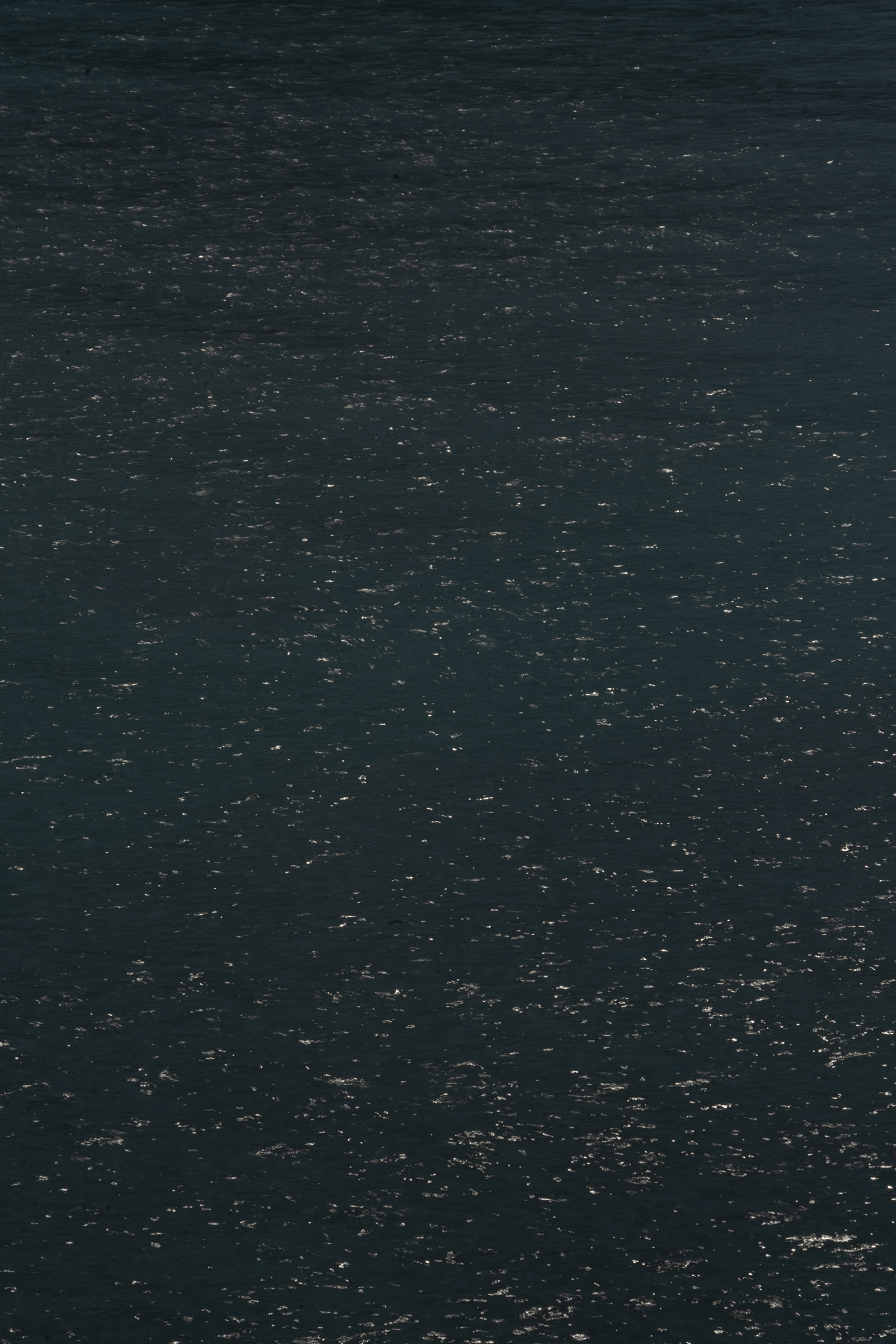
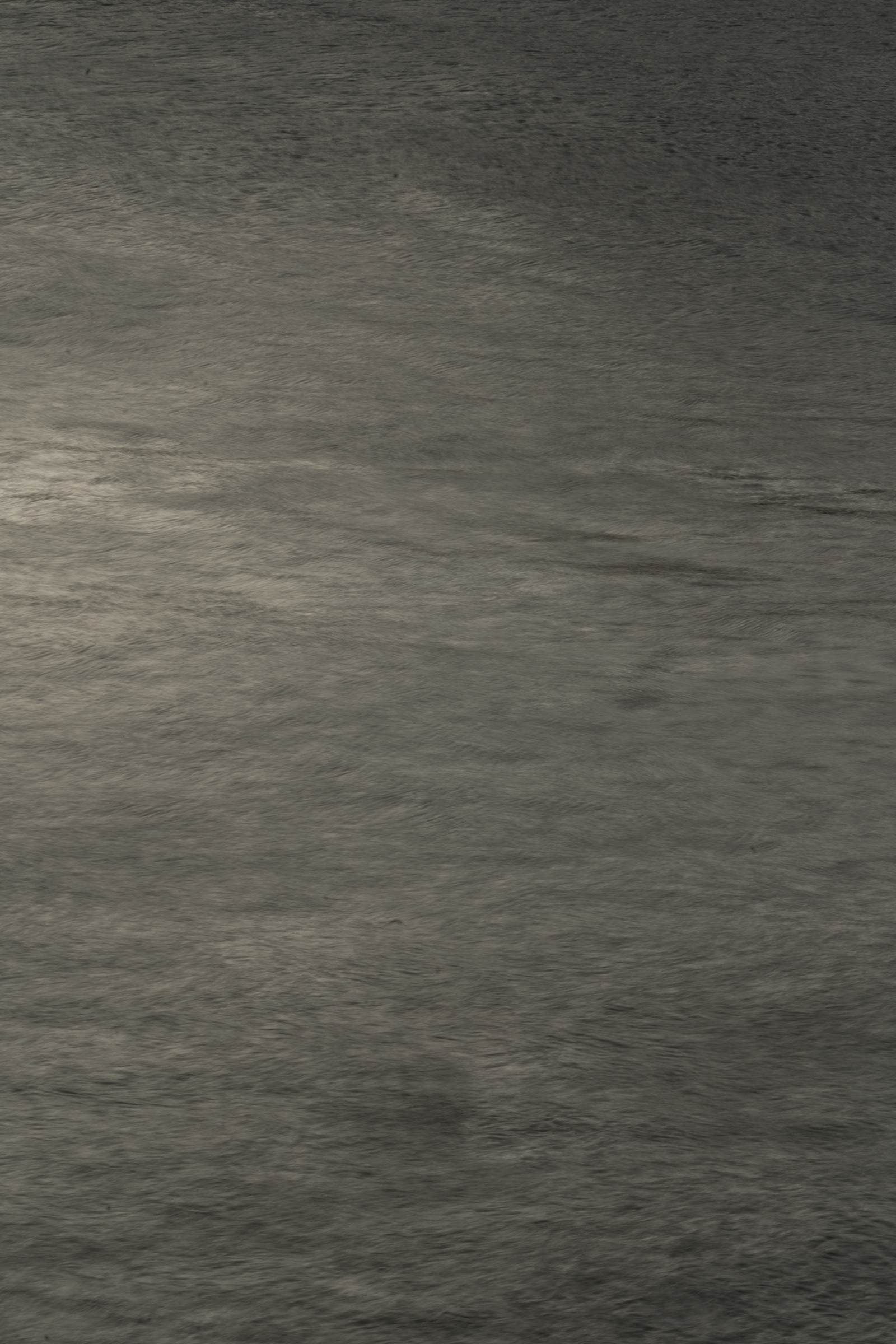
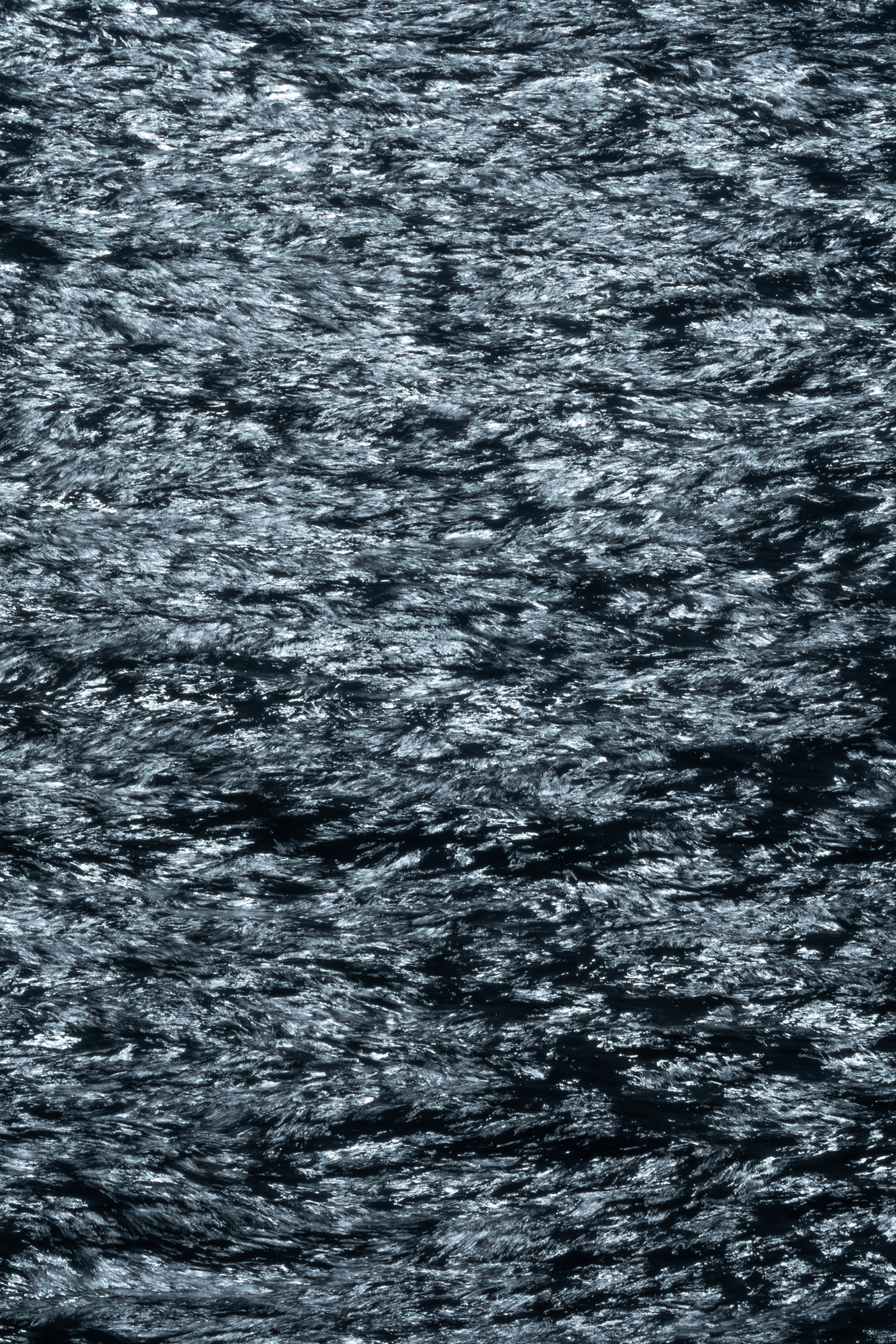
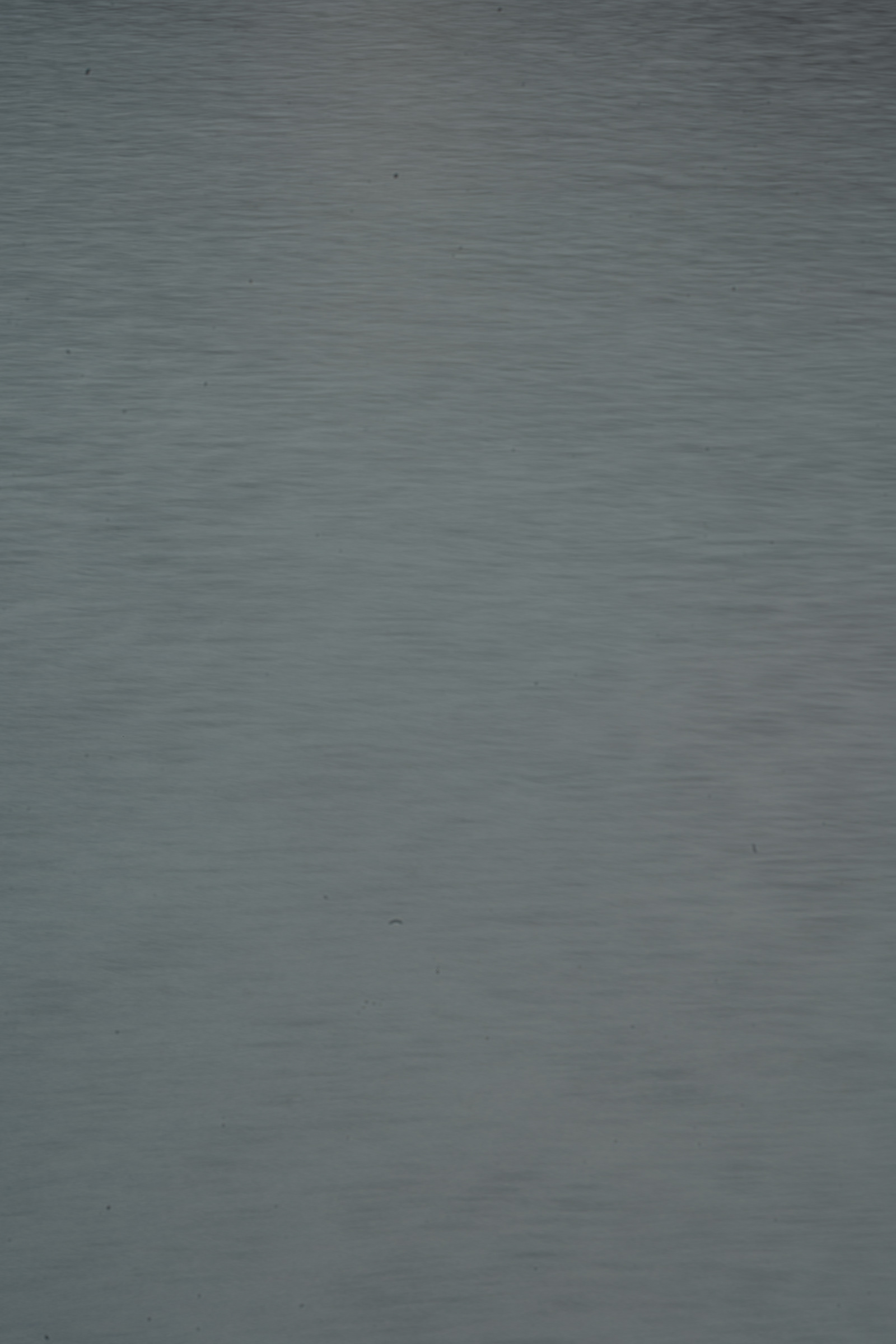
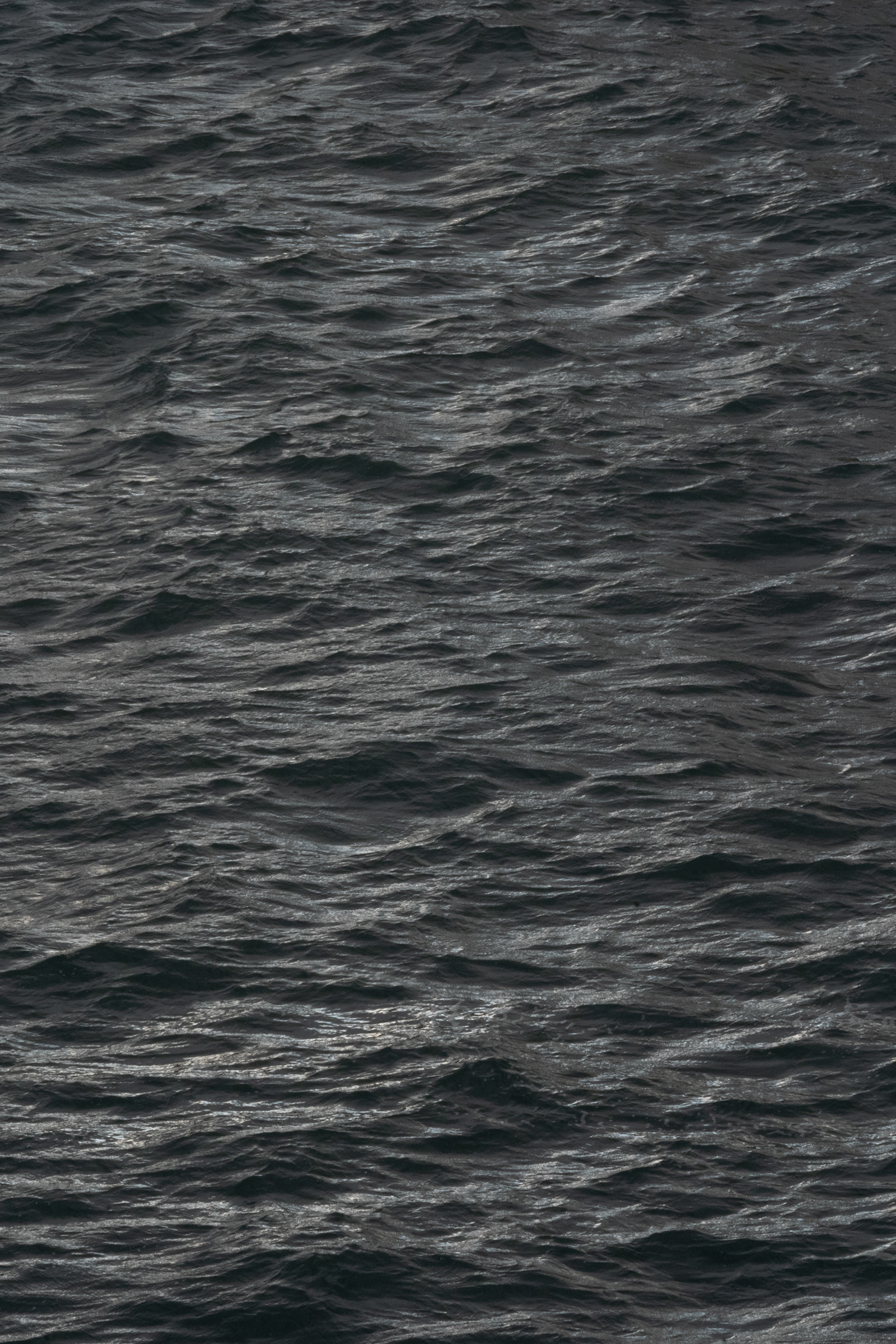
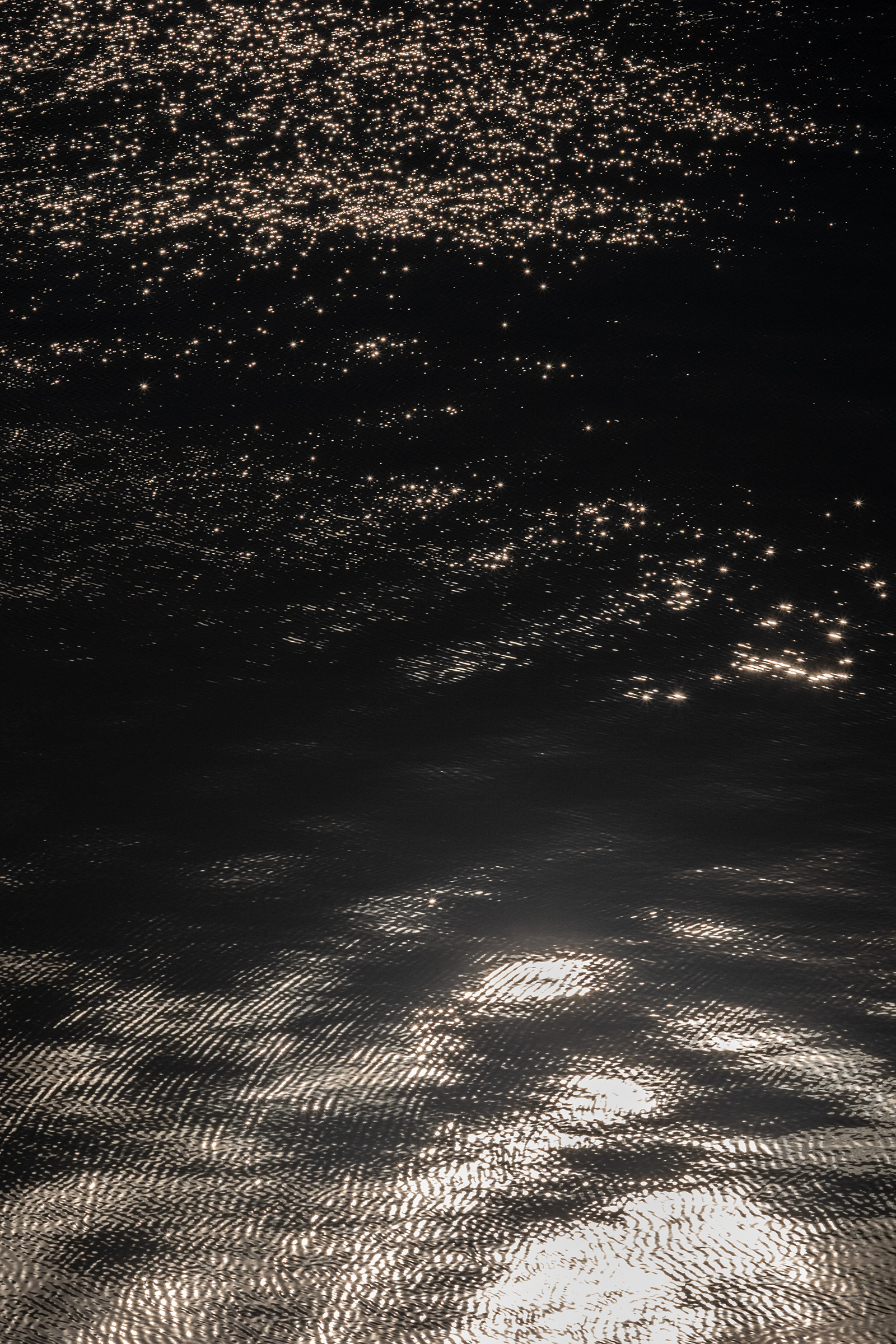
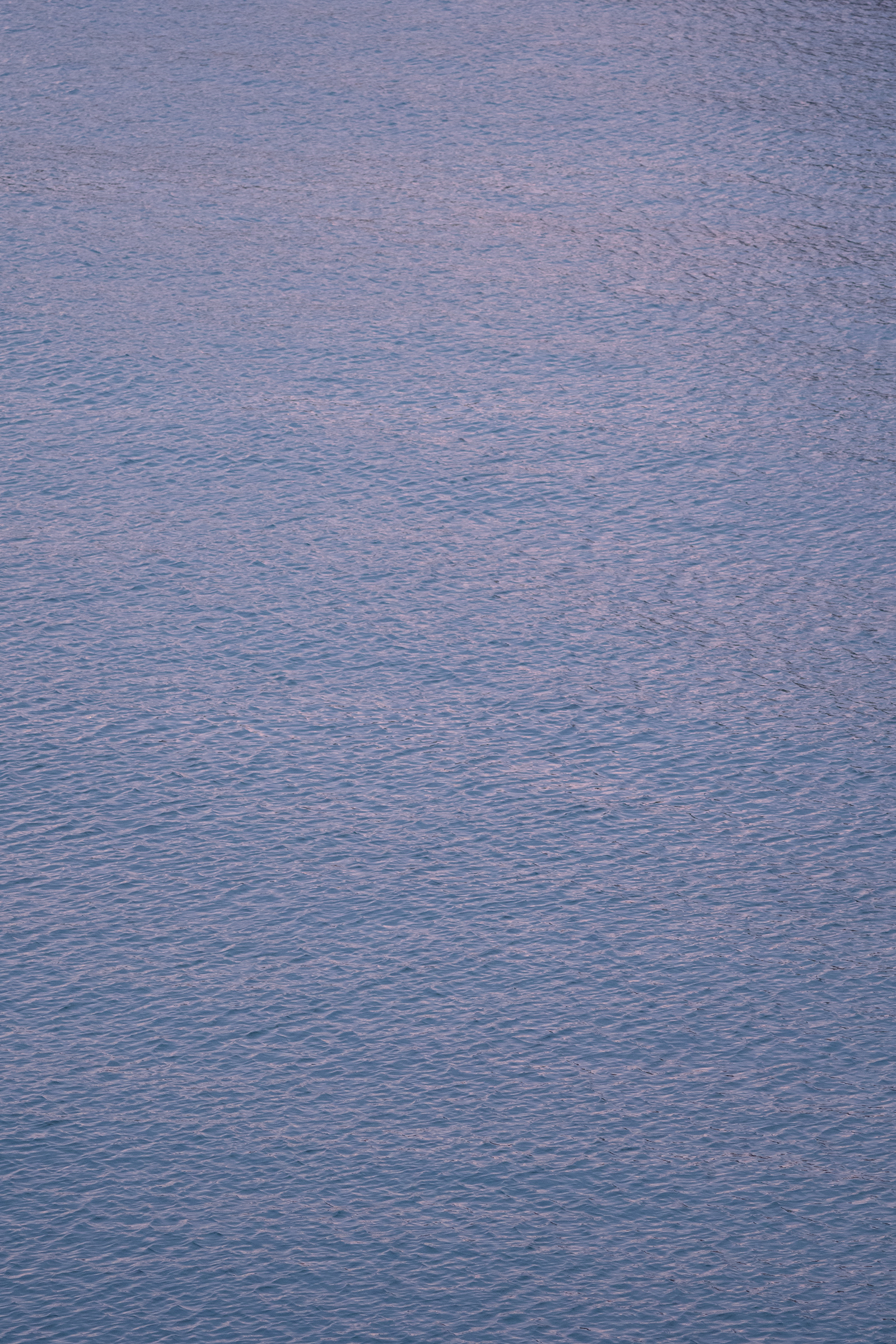
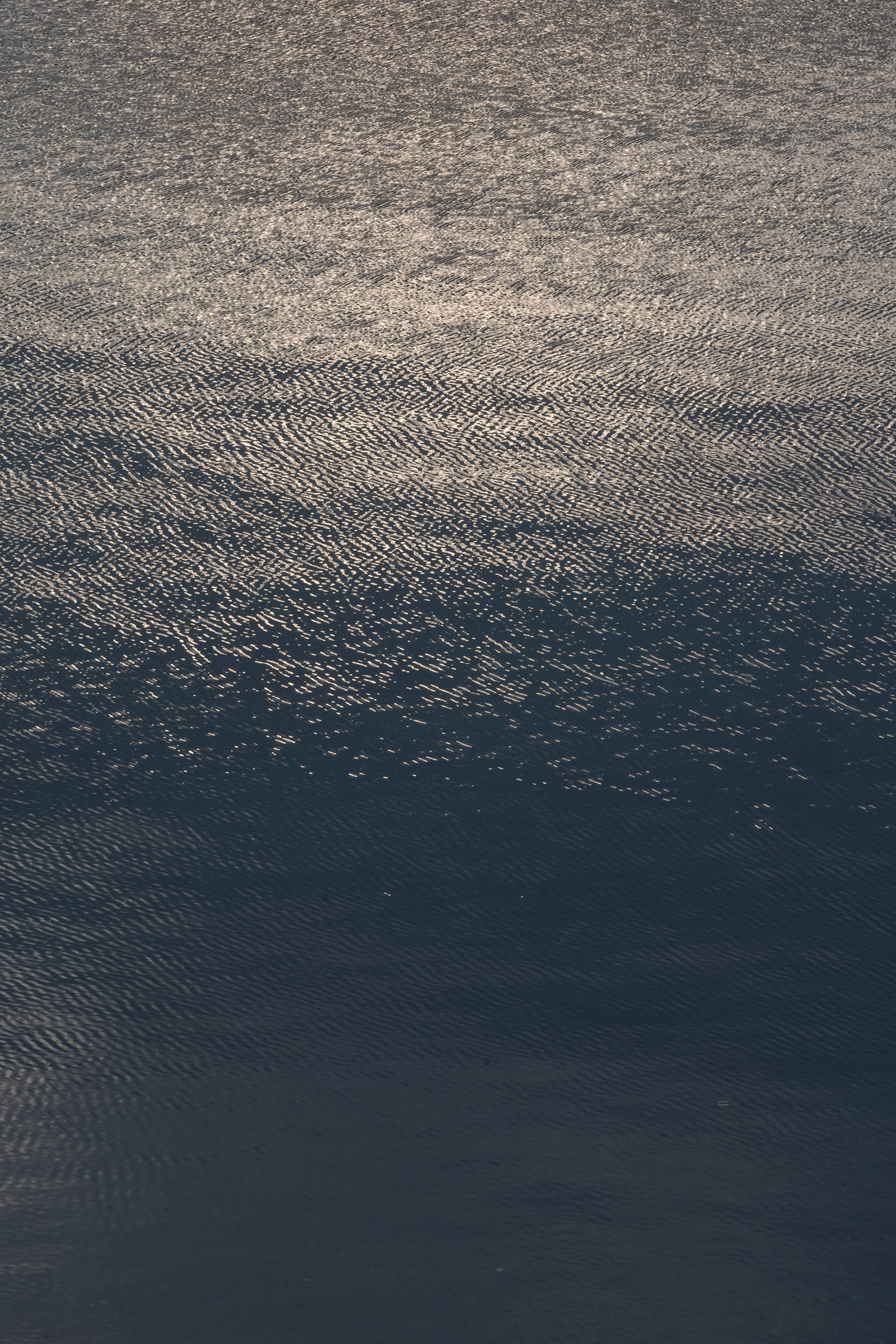
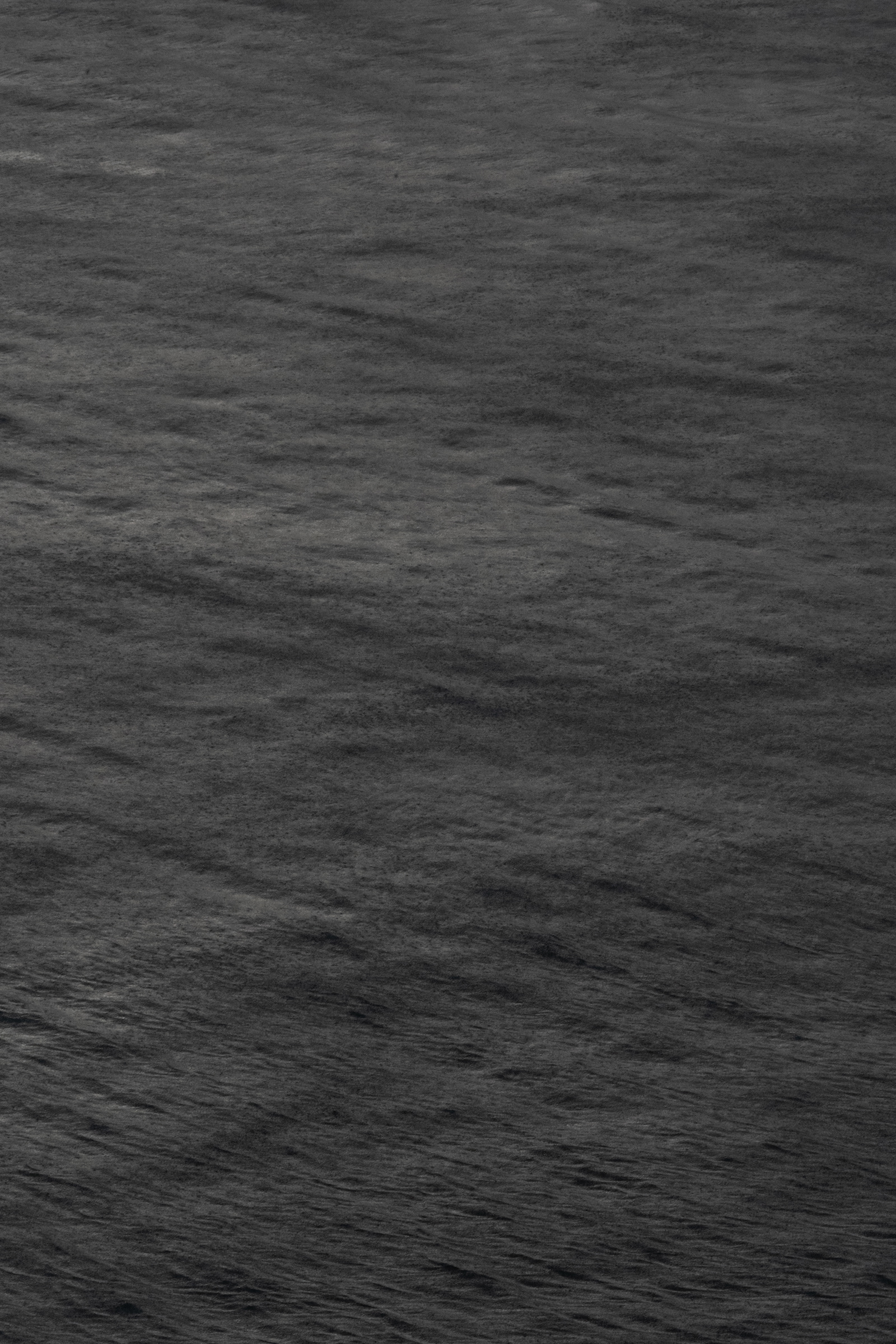
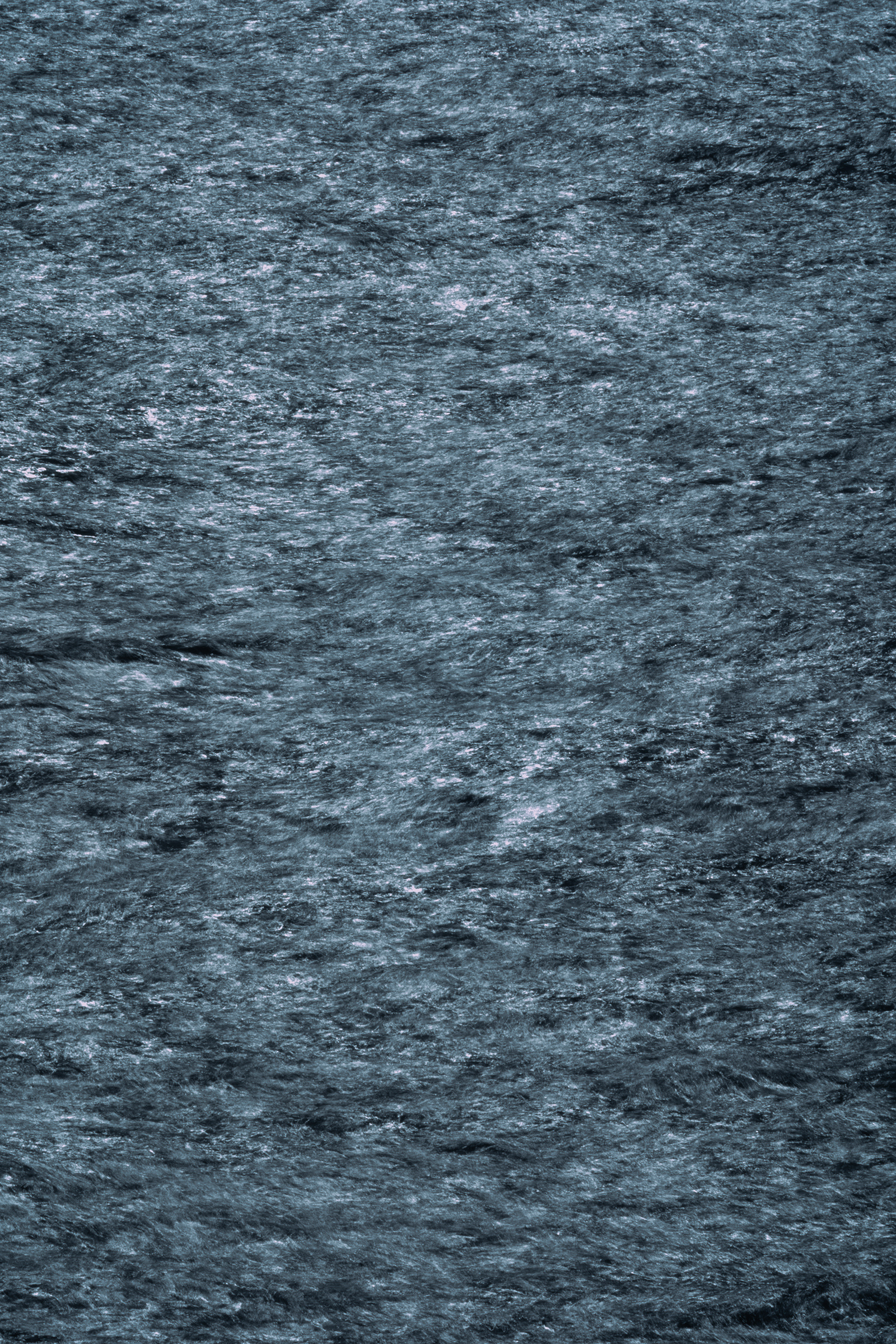
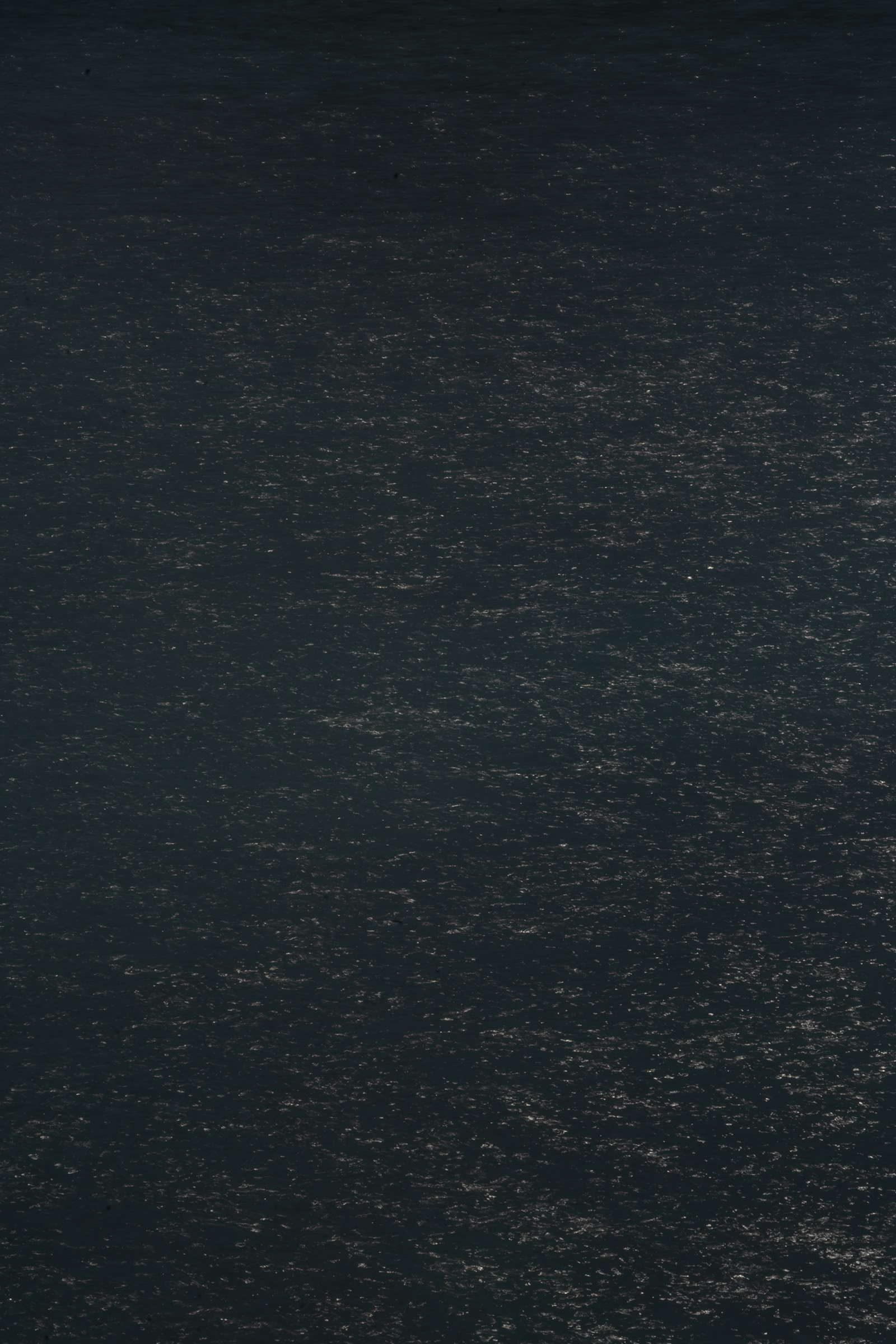
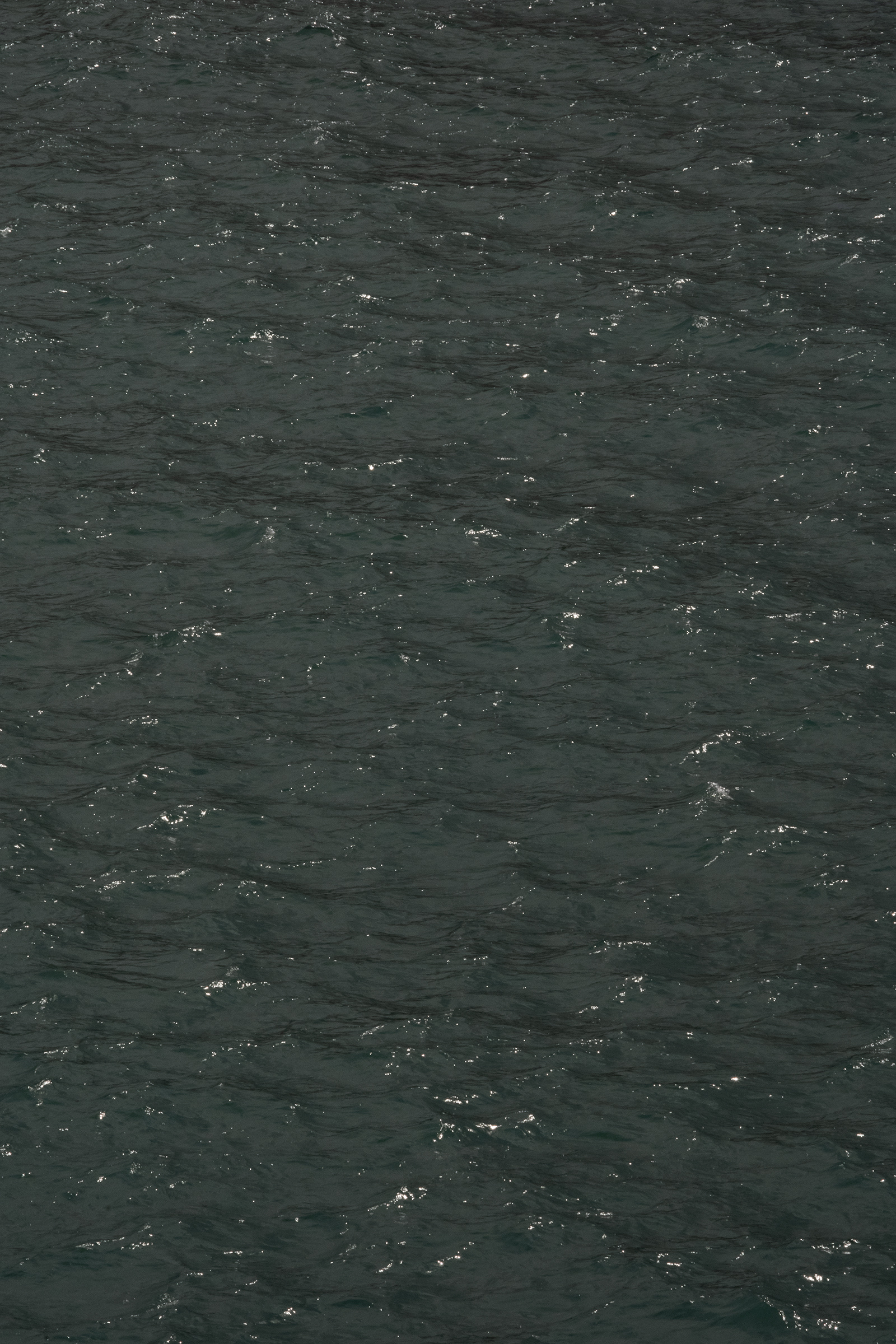
The emptiness of photography teems with informational specificities whose meanings are vagrant, as we know. More importantly, it teems with the spirits of wonder and loss—the wonder of not comprehending the world when we really look into it, and the incomprehensibility of wonder when the feeling of it truly comes.
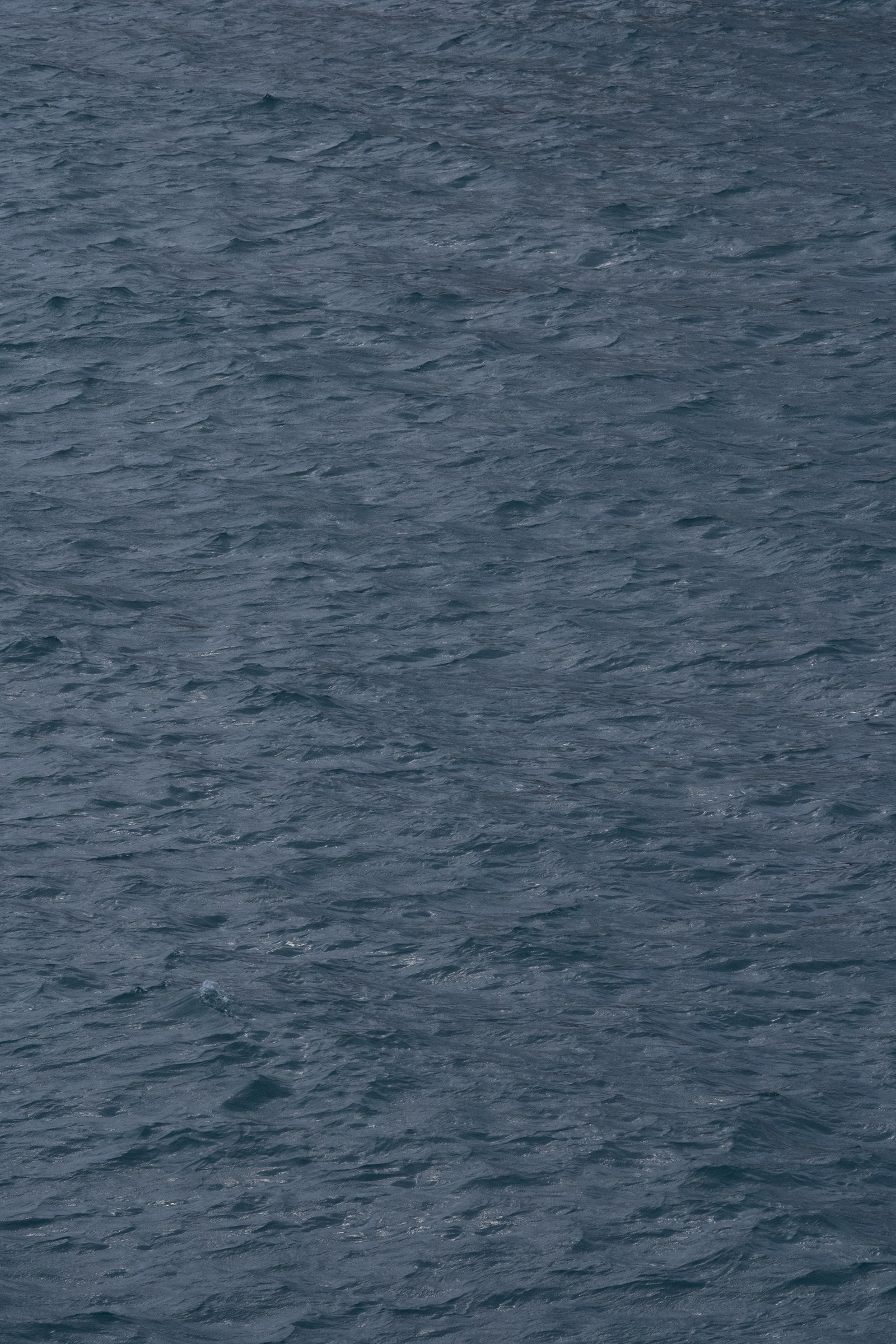
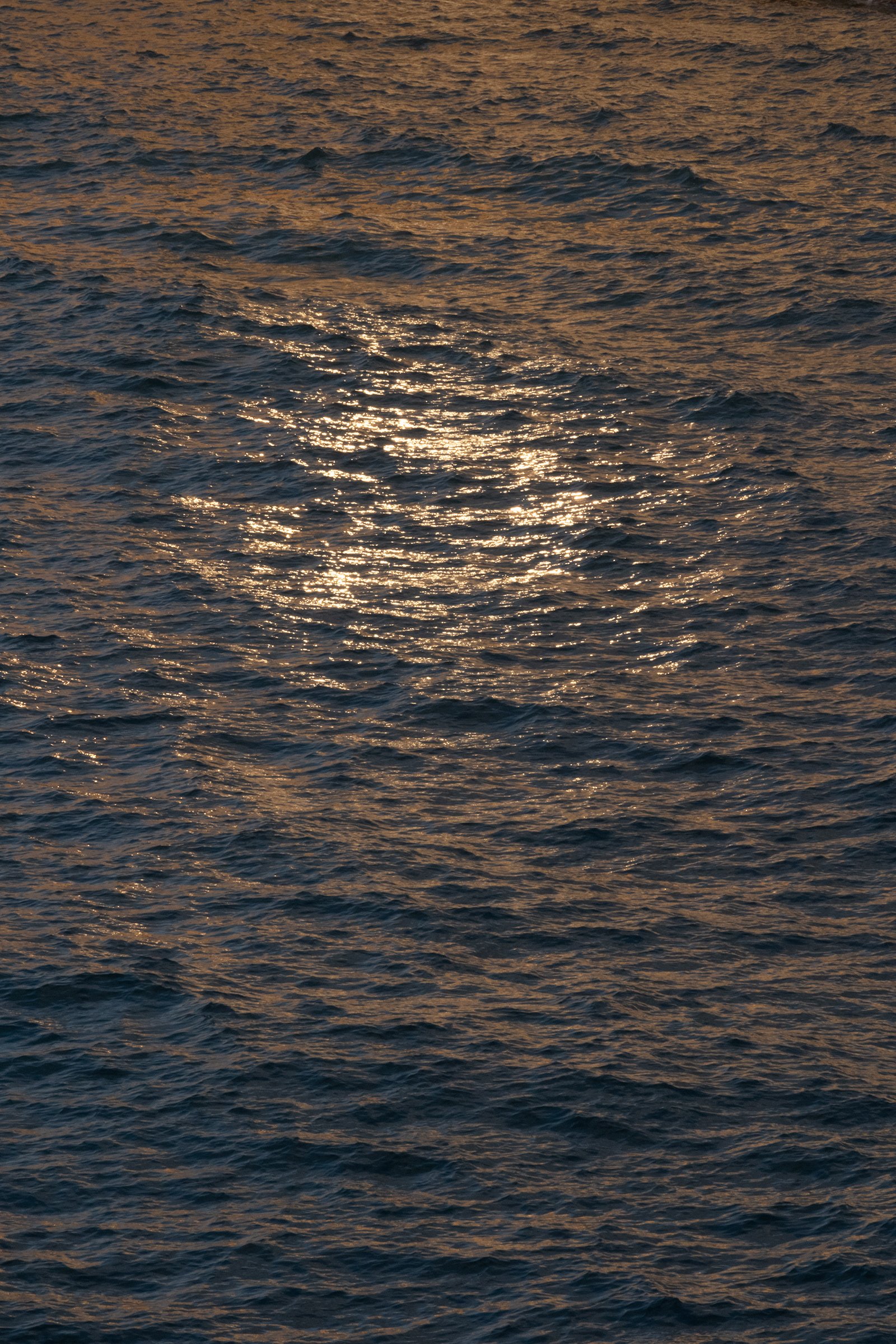
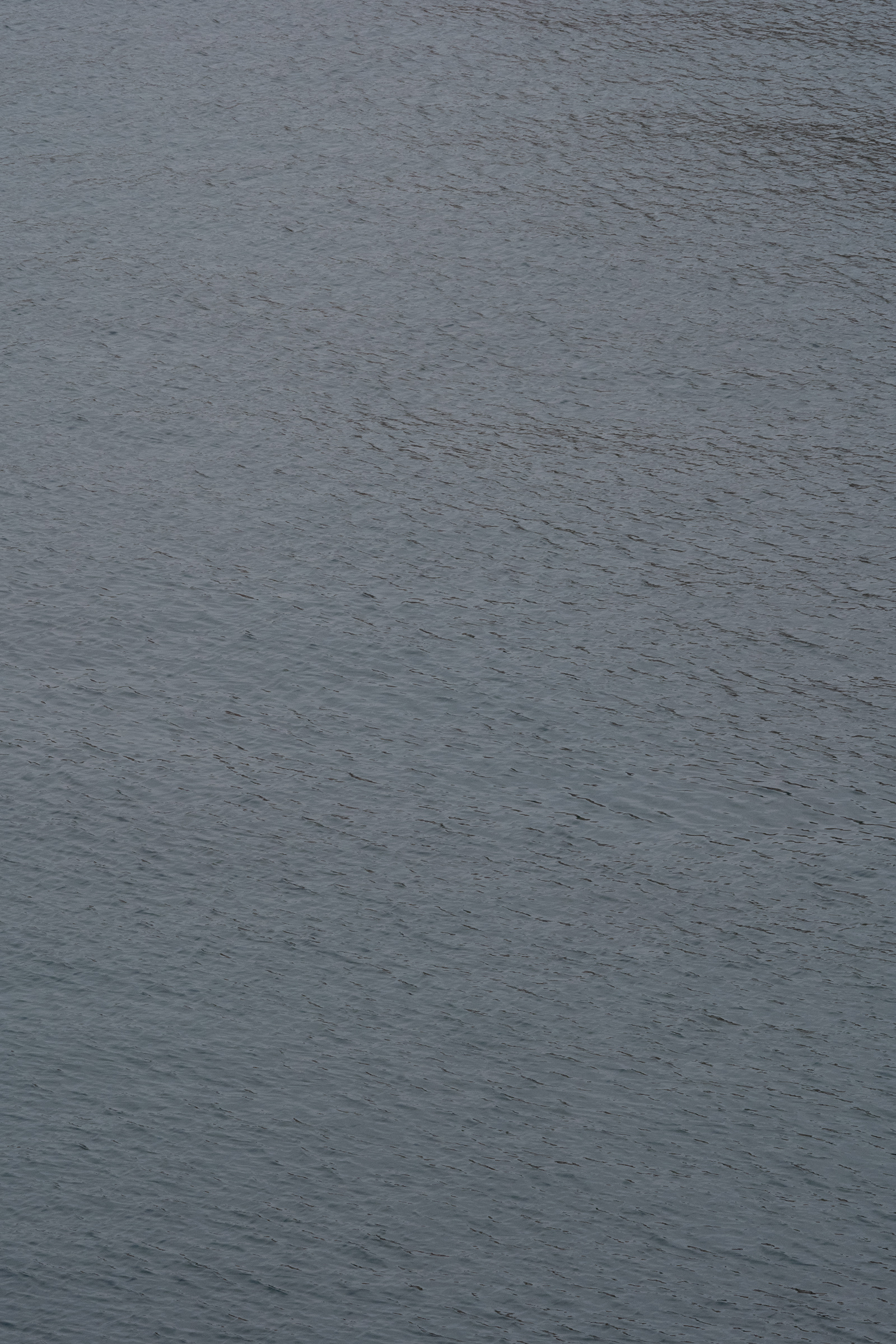
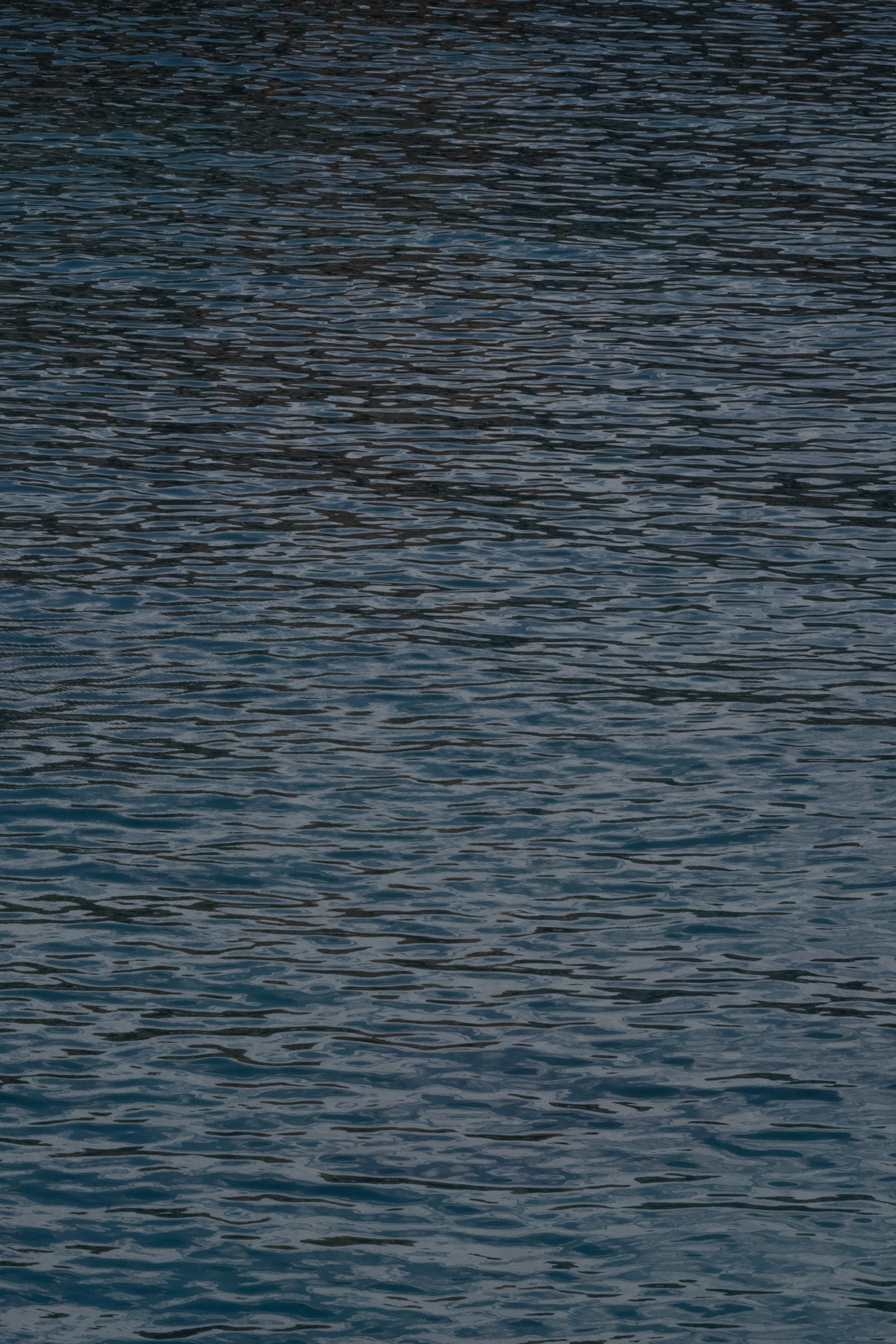
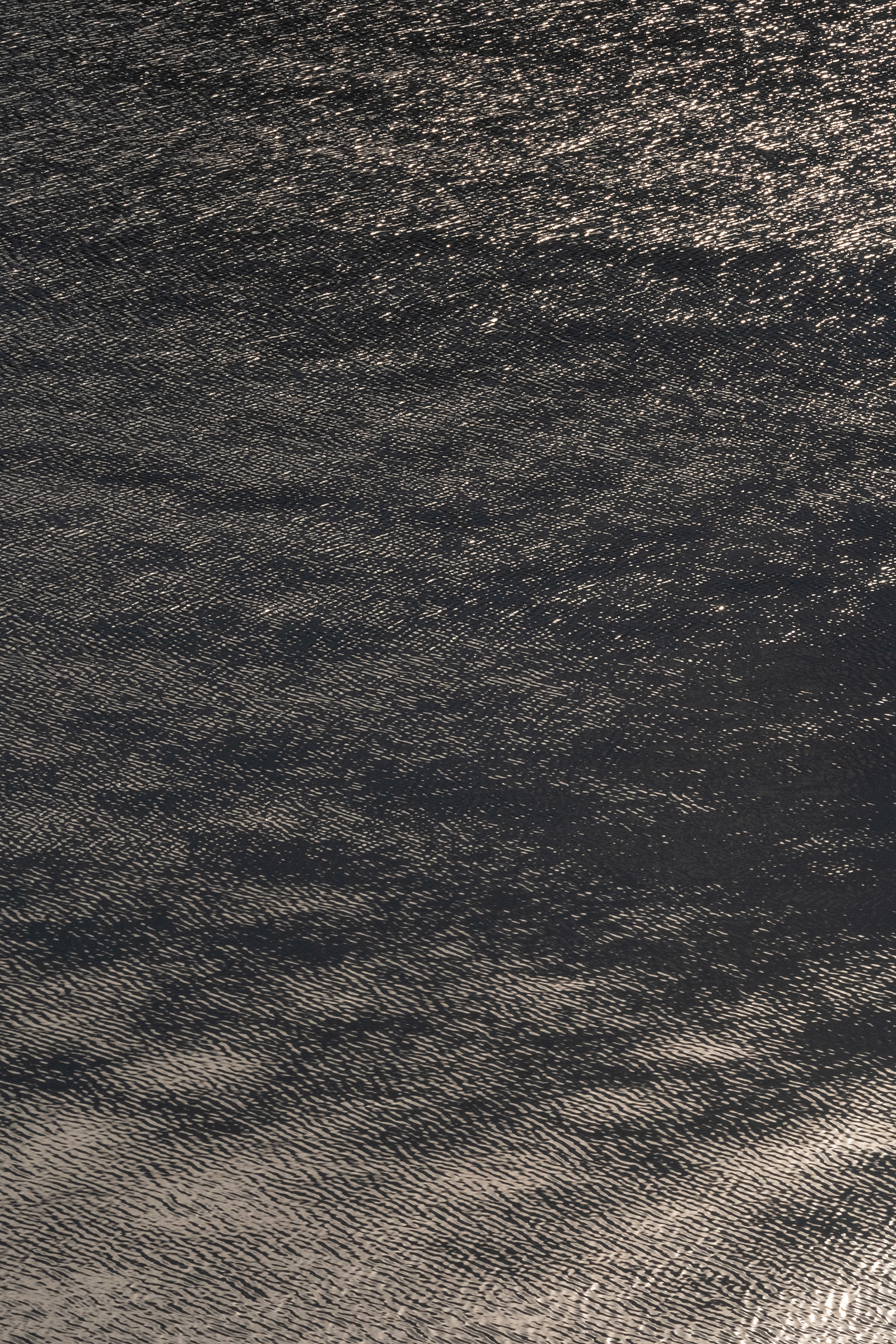
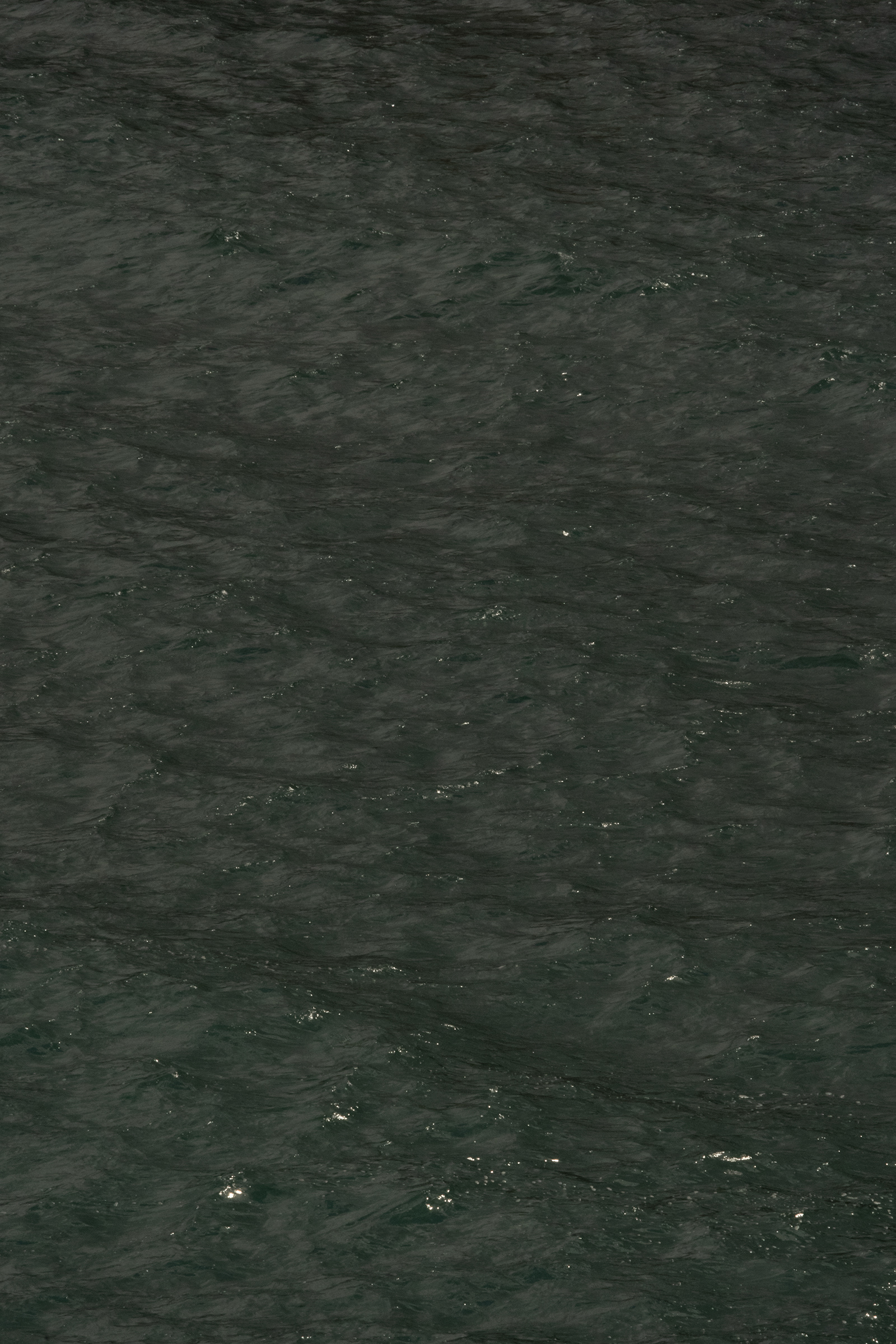
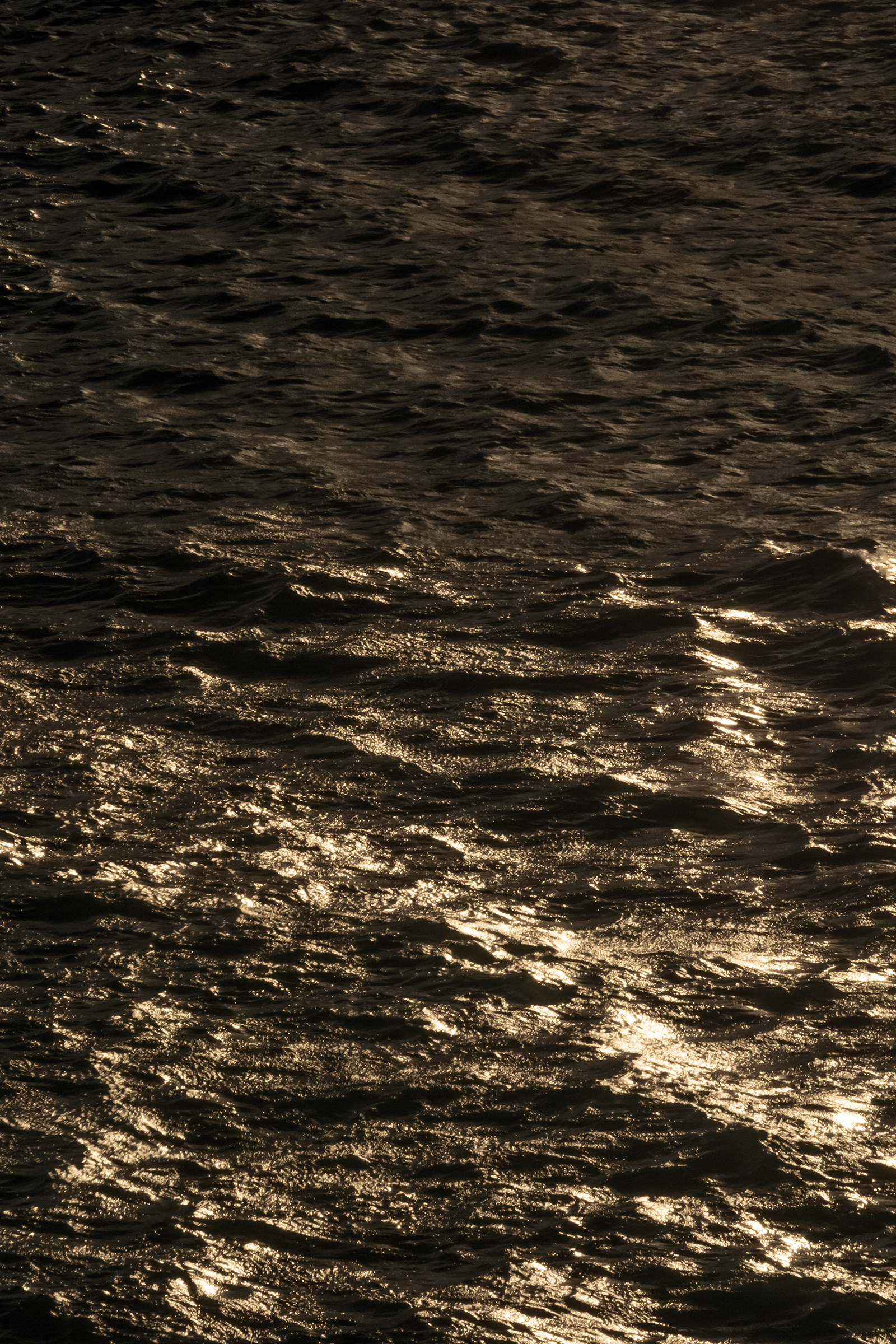
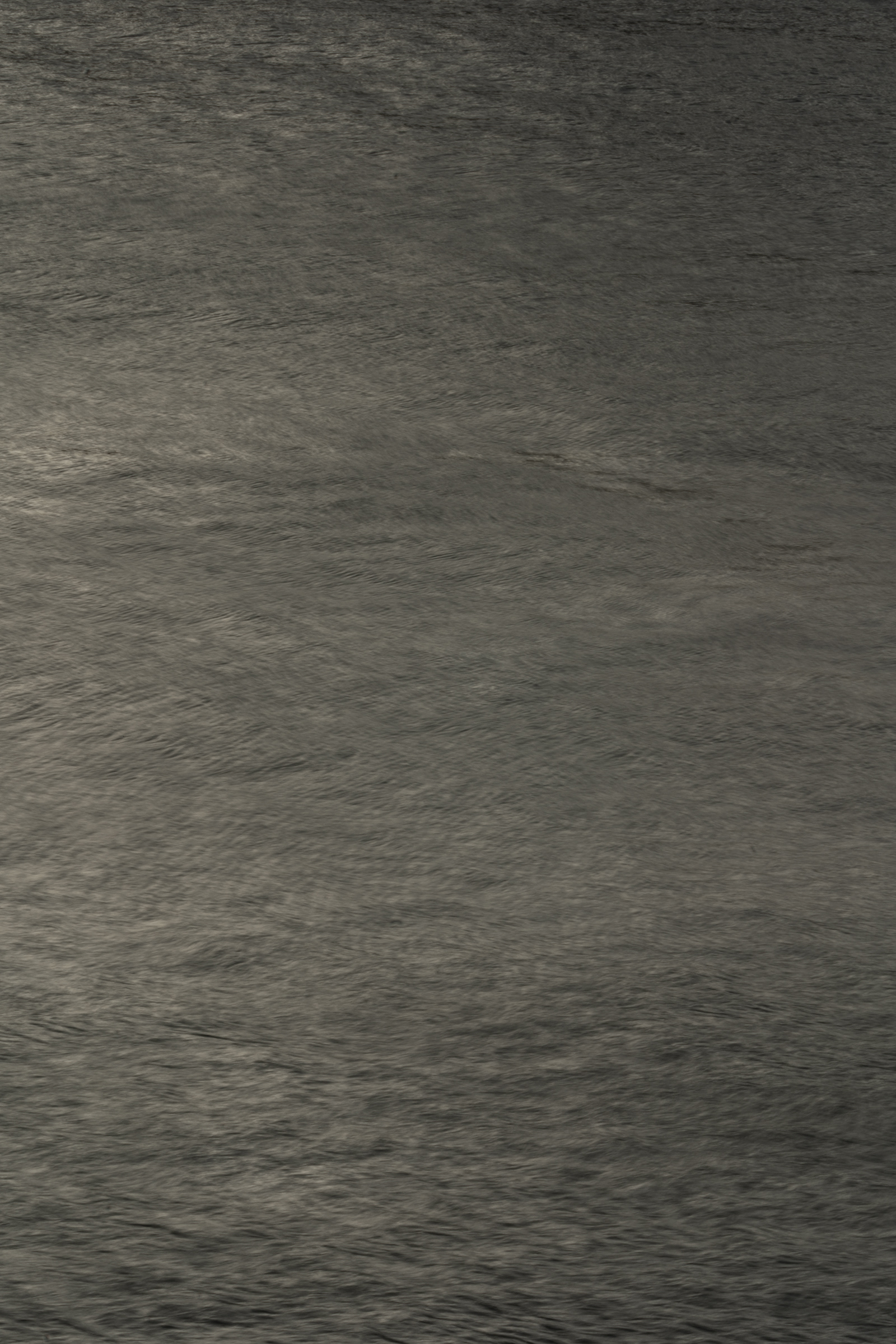
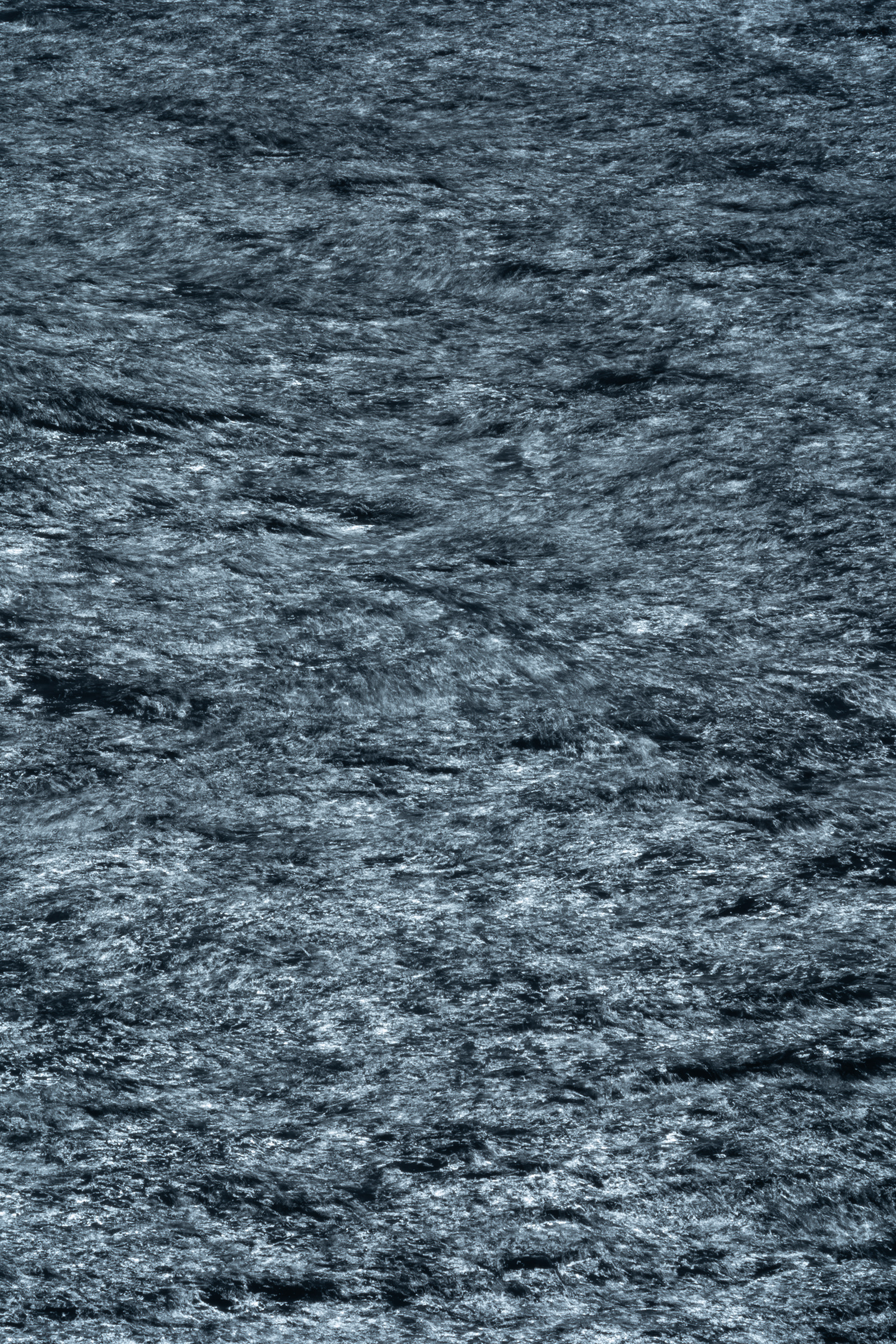
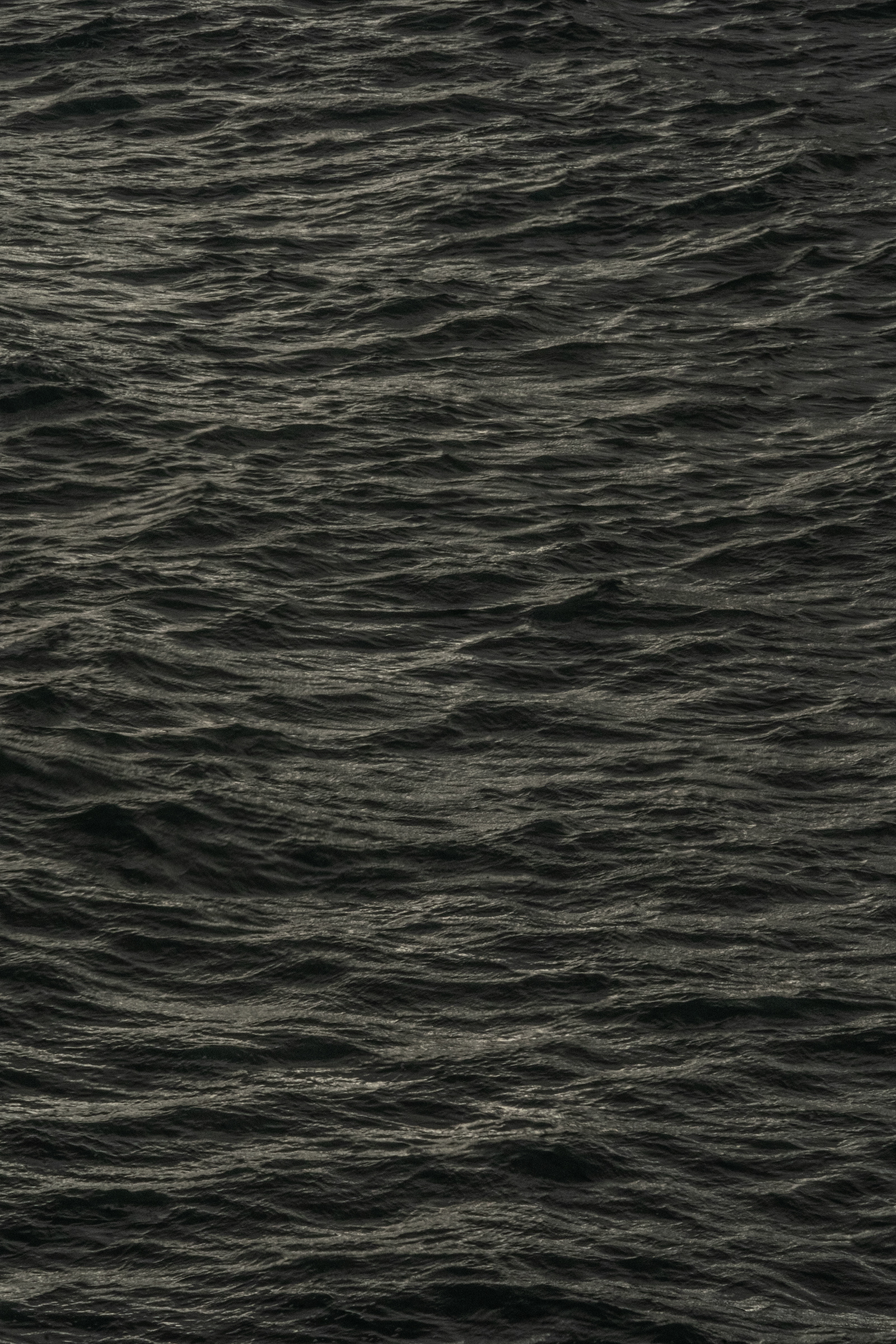
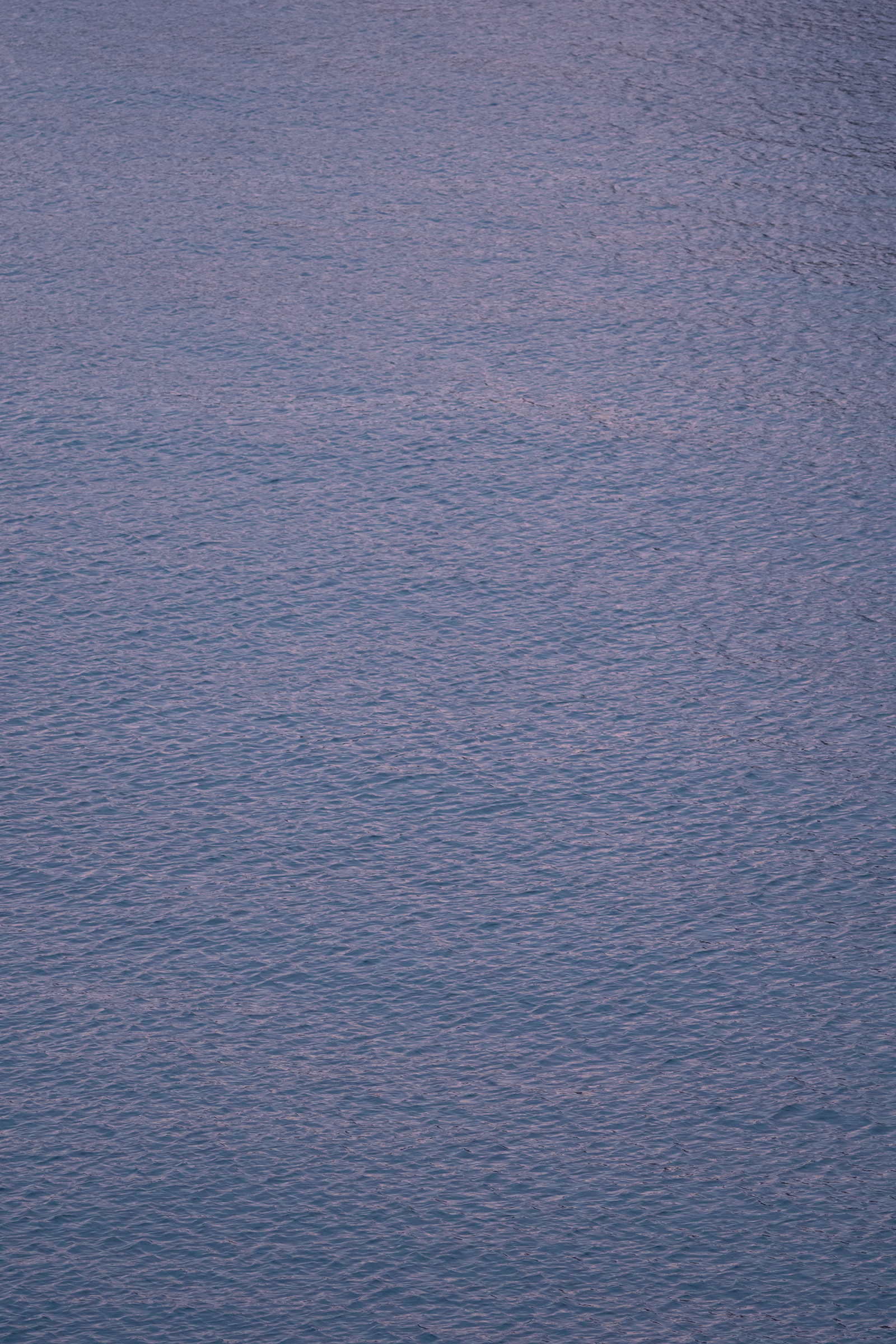
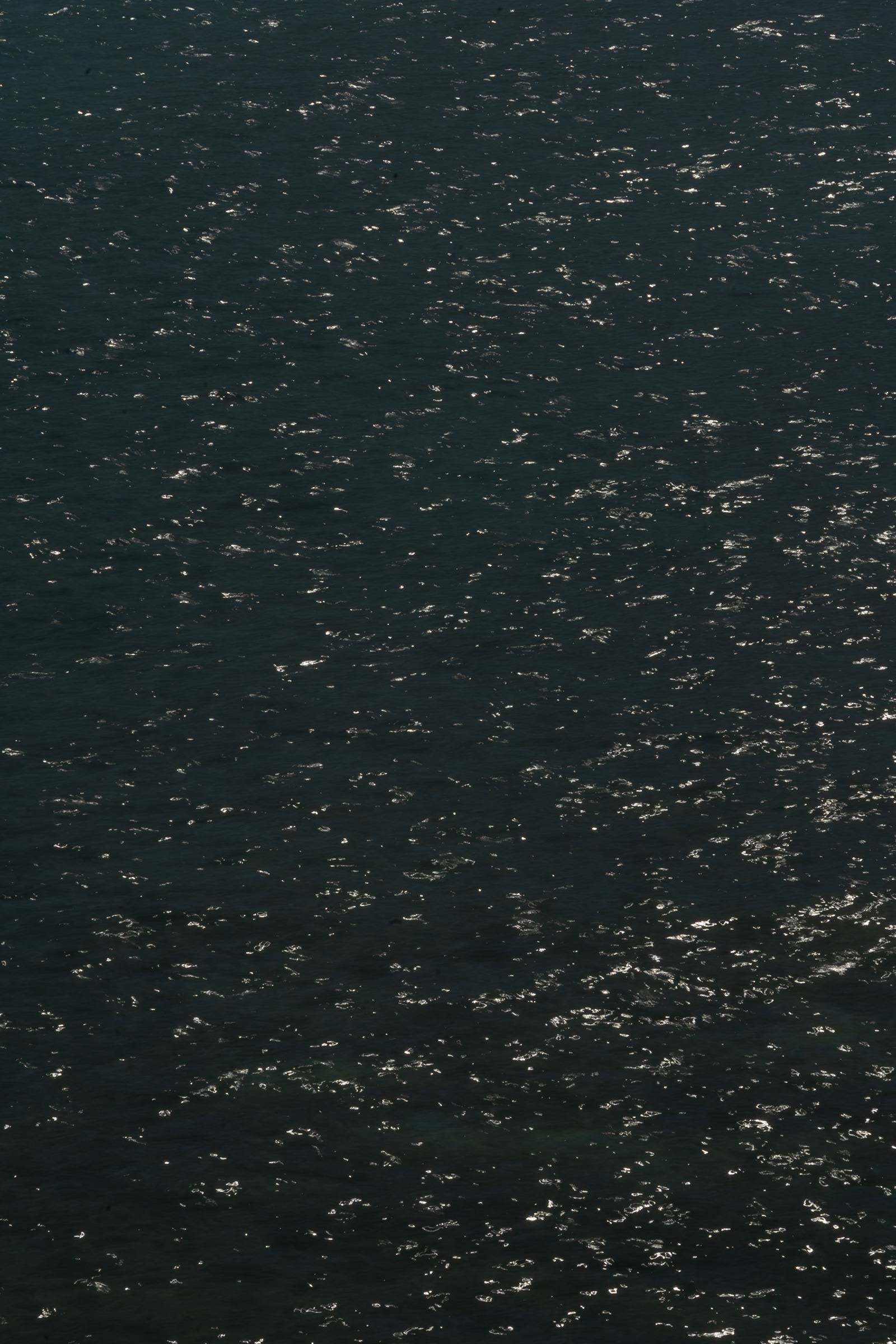
These photographs study the Venetian Harbor in the city of Chania, Crete, which was built between 1320 and 1356 during the period of Venetian rule in Crete (1204-1669). As Crete's capital, Chania was the second most important city in the Venetian Republic, and the harbor was critical to Venetian naval control of the Eastern Mediterranean. The harbor was and remains comprised of two large basins, the western one originally used for maritime commerce and the eastern one for shipbuilding and repair, effectively a docklands. Today the harbor remains a key part of the city's patrimony.
Experientially, the best way I can describe the harbor is something that is half-sea and half-city. Half sea: through the gap between the long sea wall and the Firkas fortress, it takes in and registers the wild ocean, in wind and water energy moving through its large area. Half-city: it is a controlled acquatic environment, and because it is comparatively shallow, it is full of unique crosscurrent effects, and produces an unusual constantly changing palette made by the sky’s brightness, color, and cloud diffraction as these meet the waters' refraction.
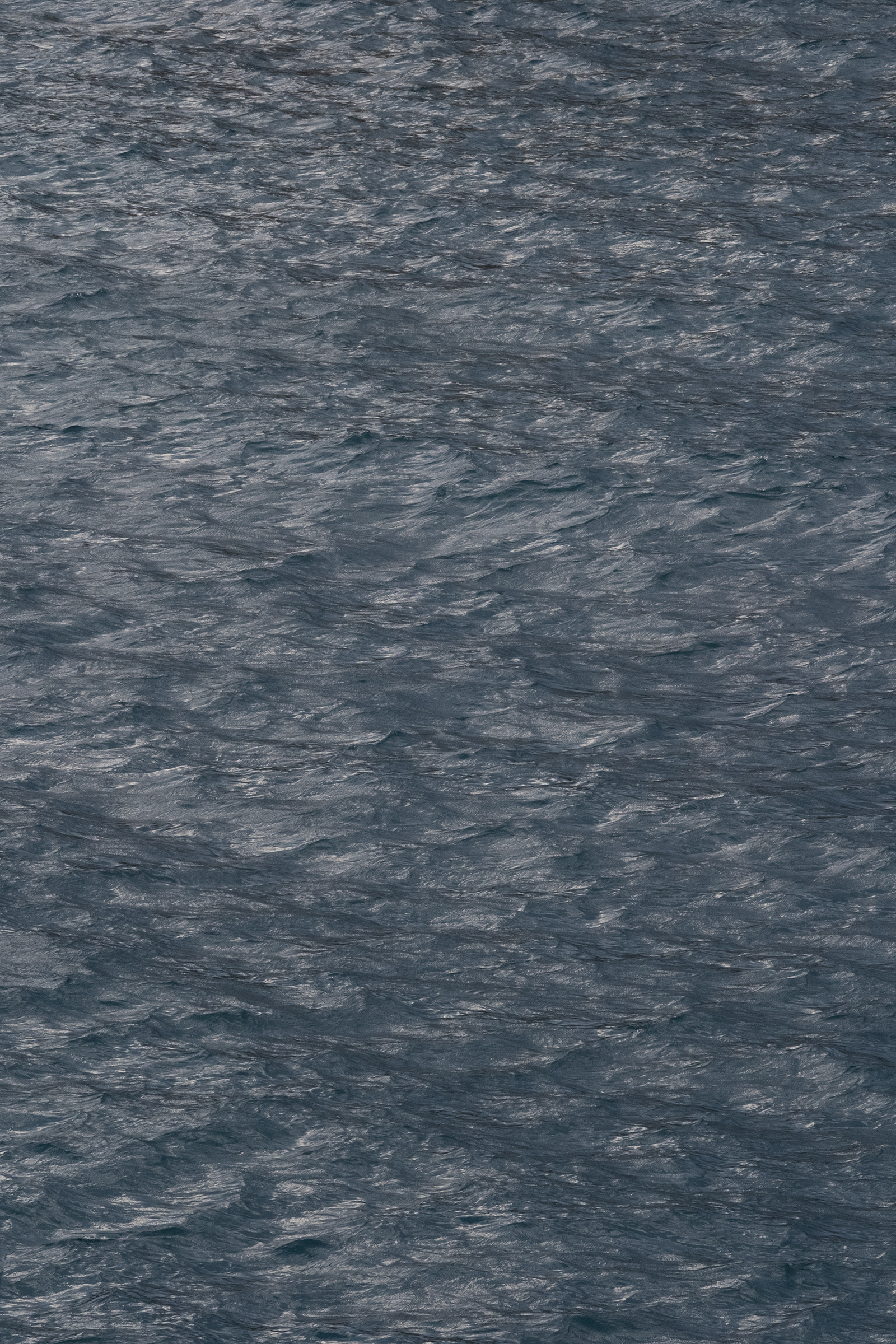
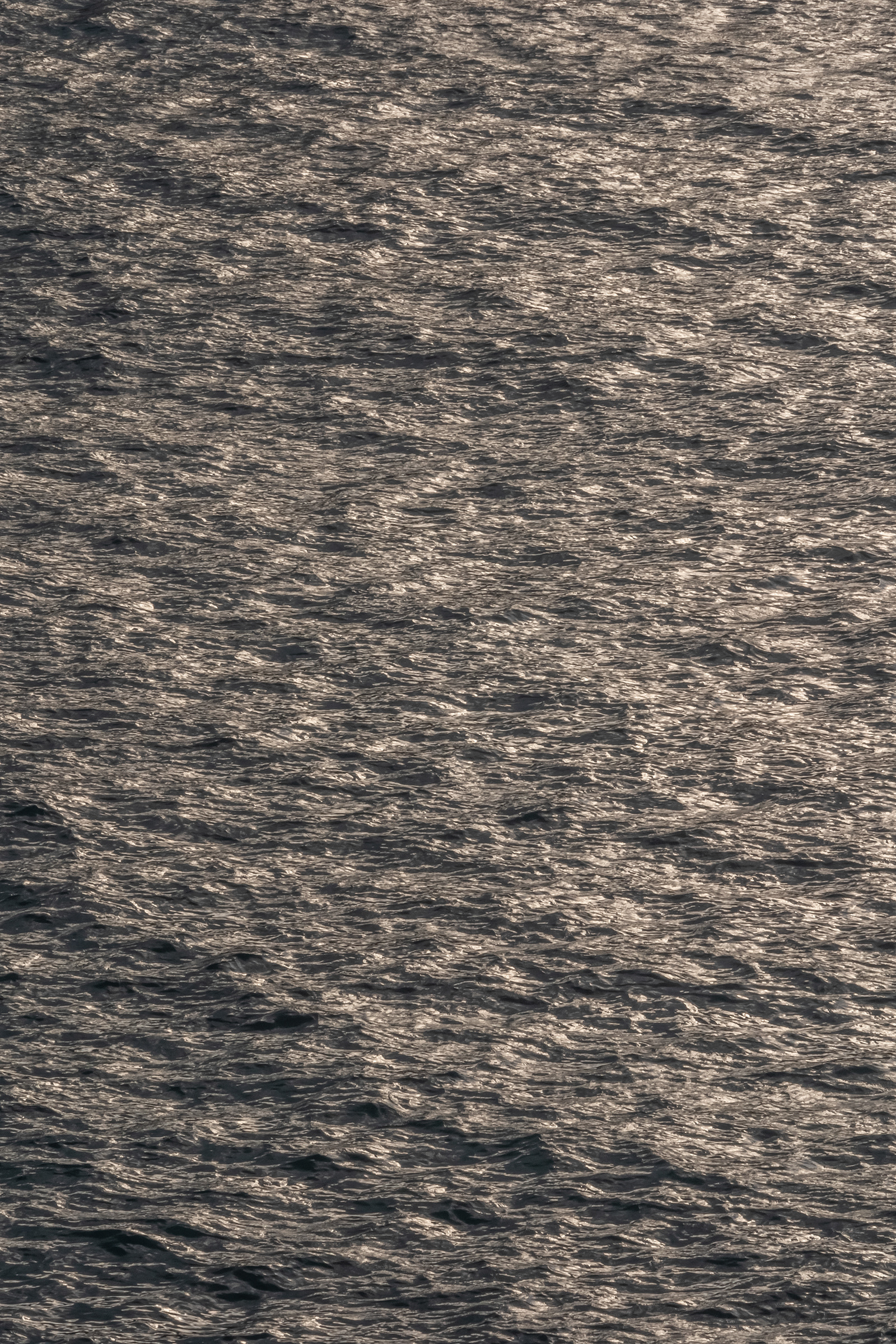
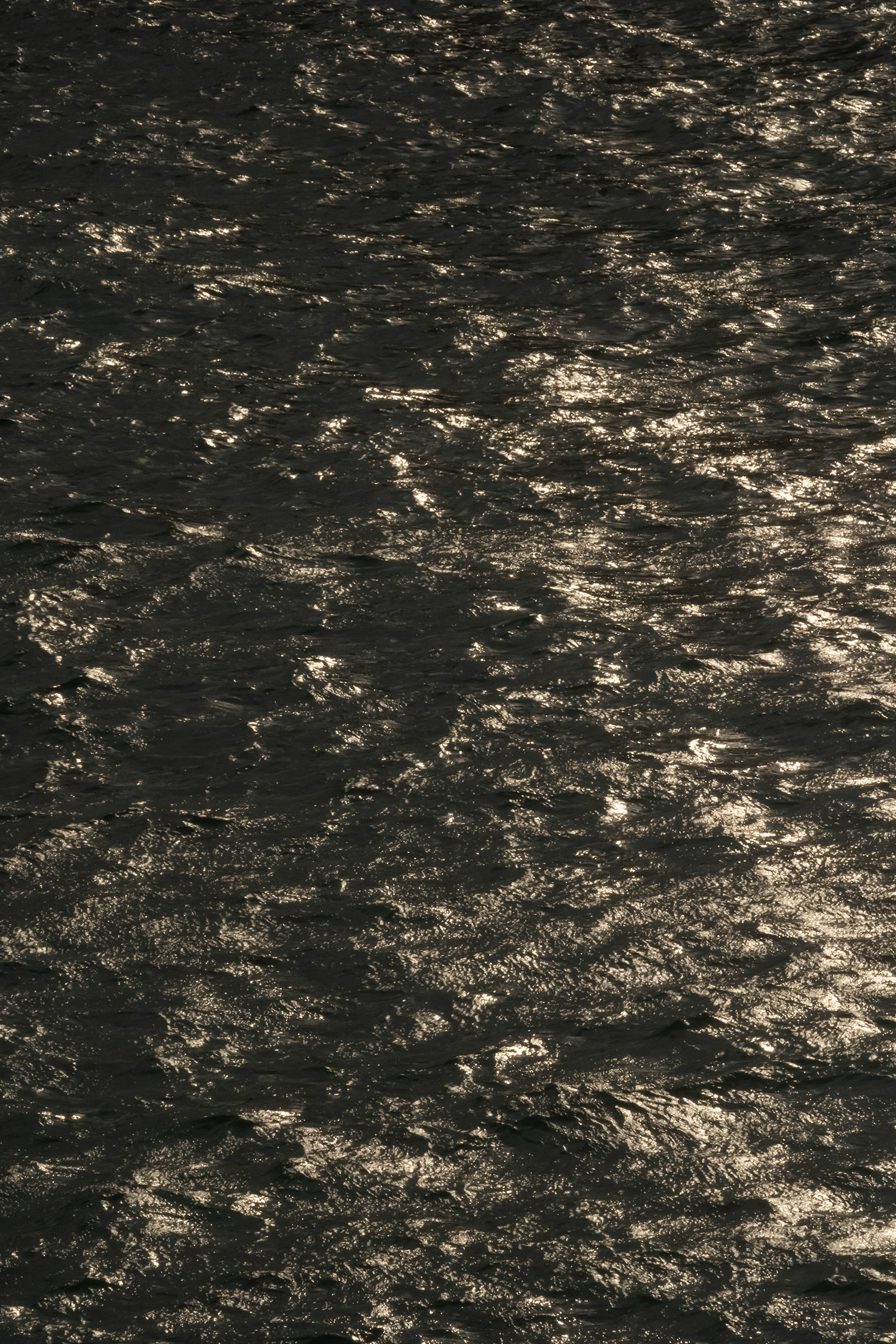
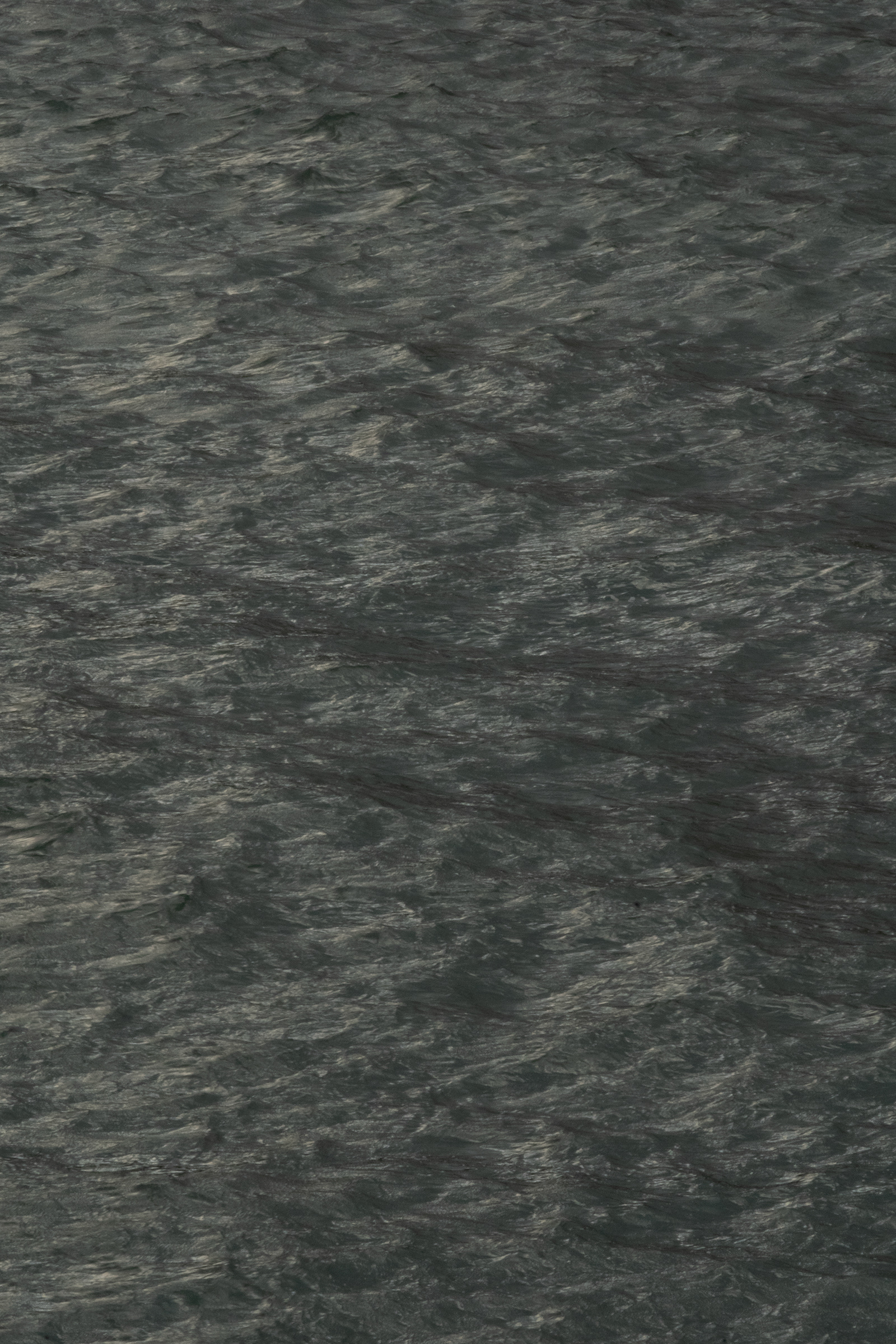
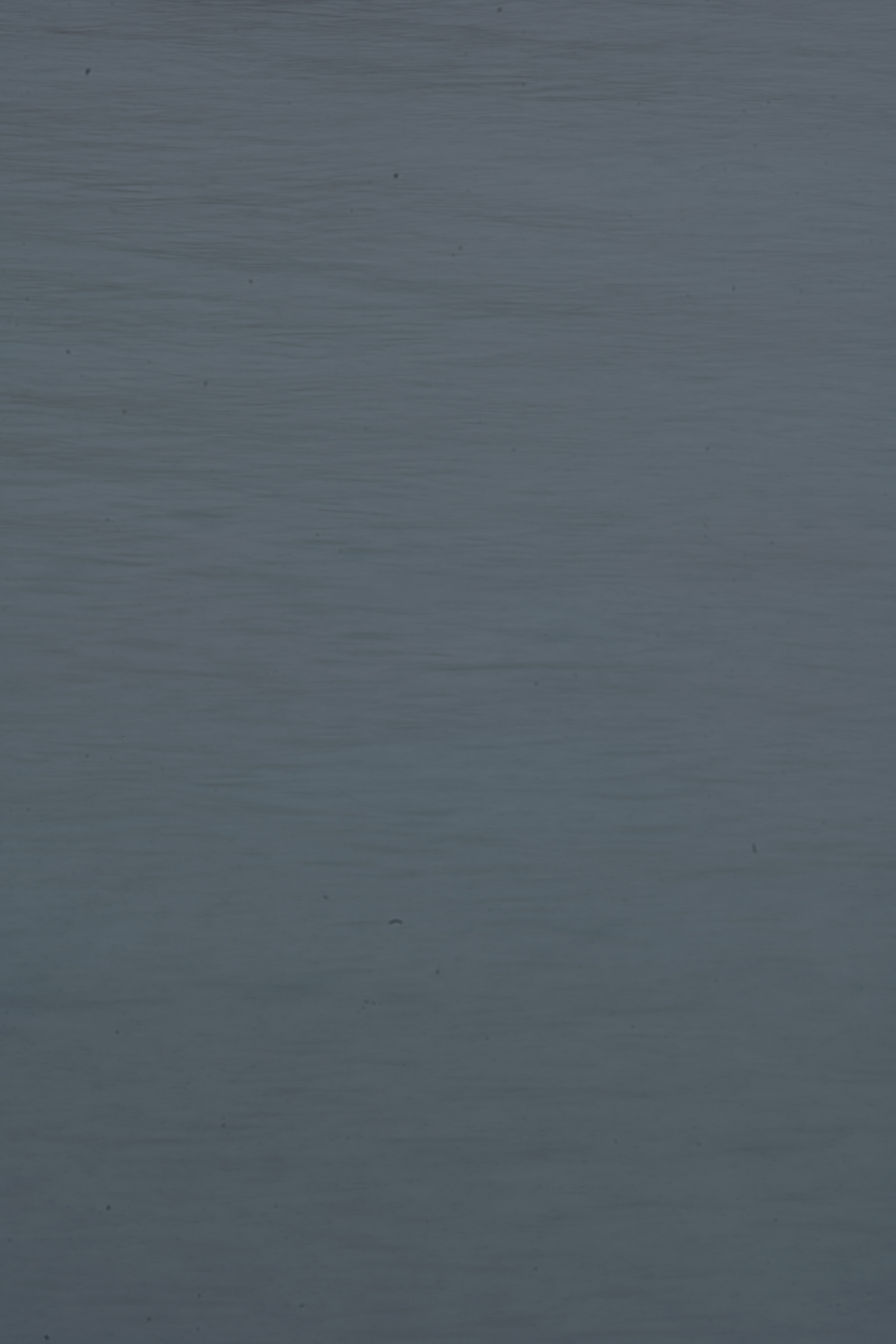
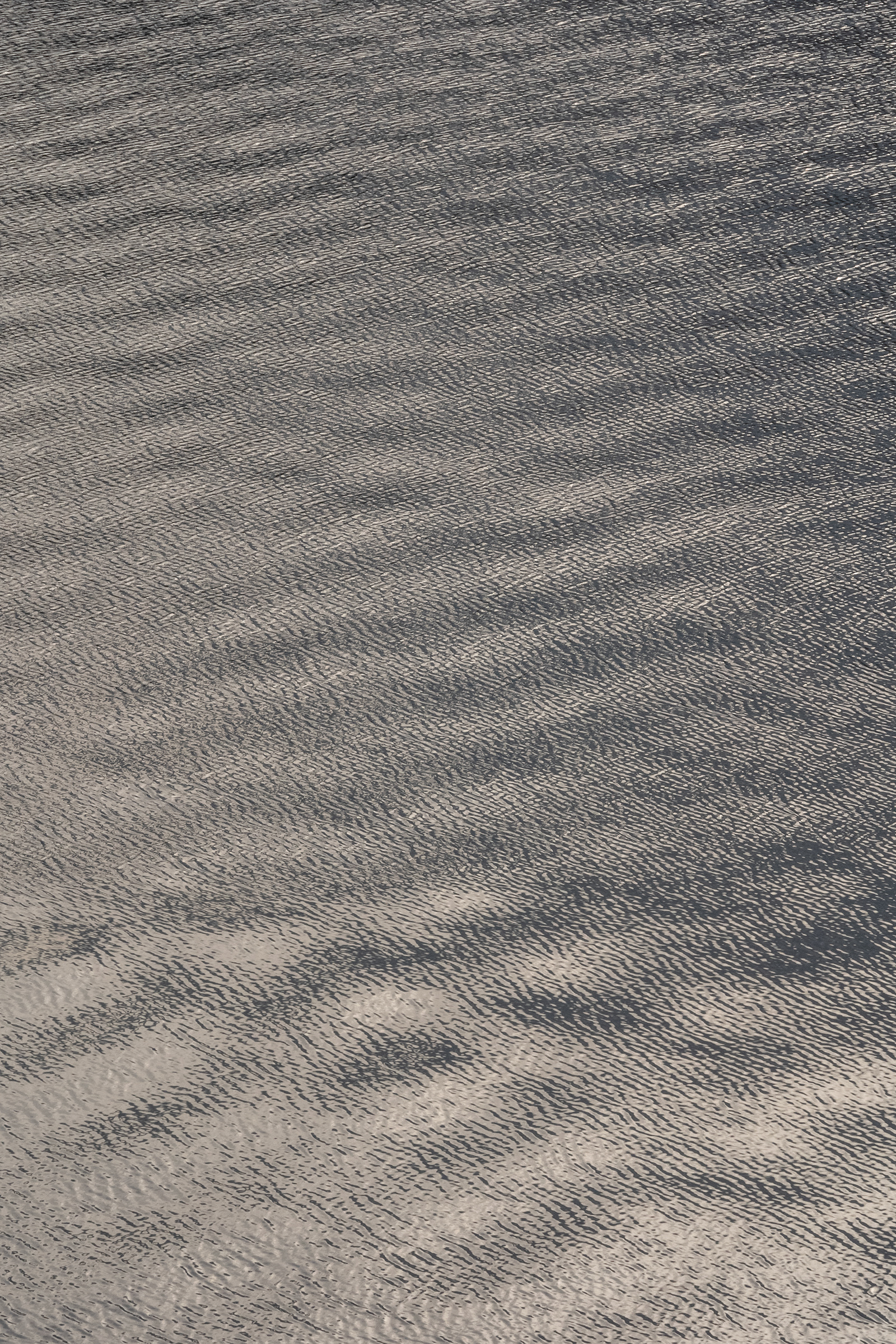
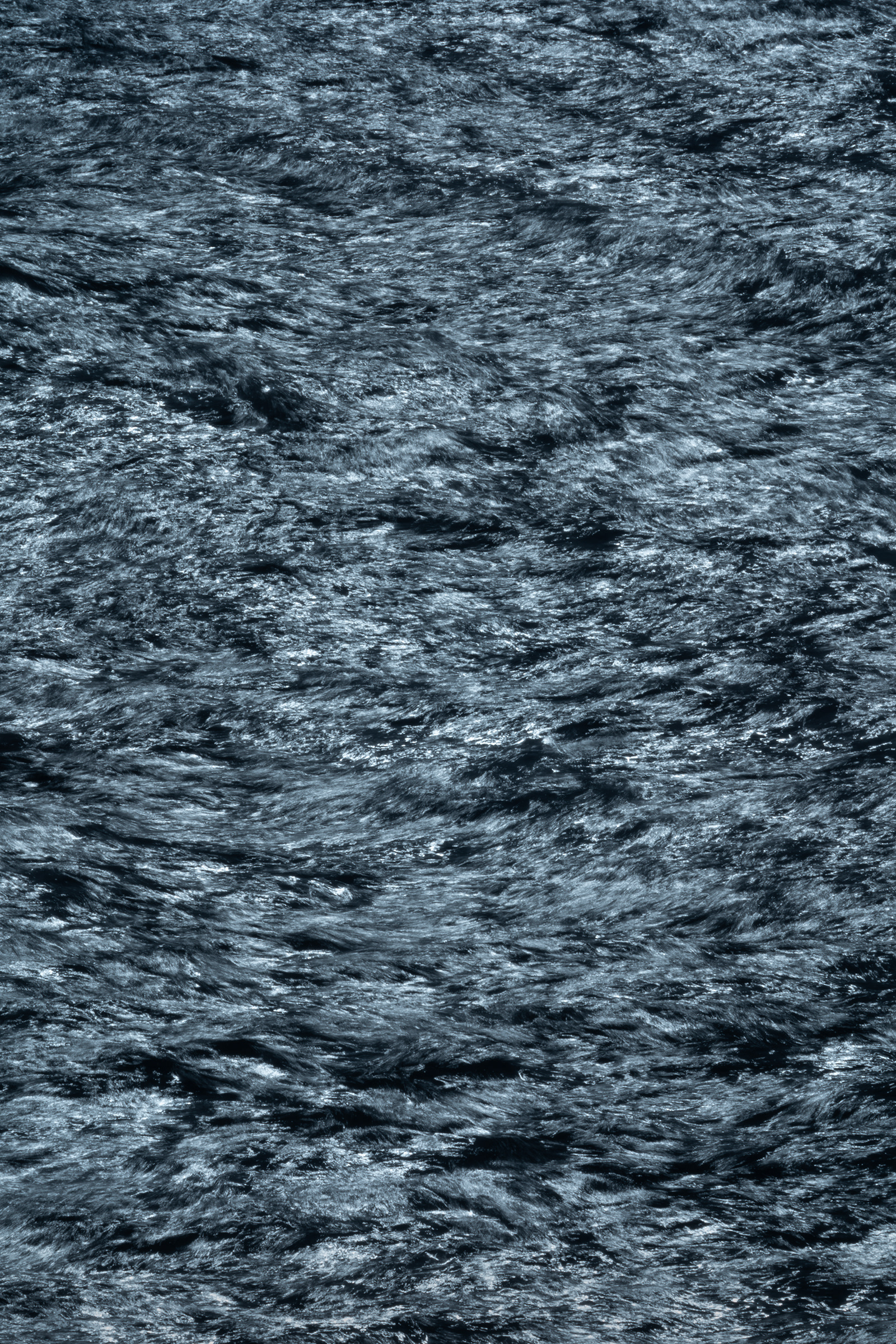
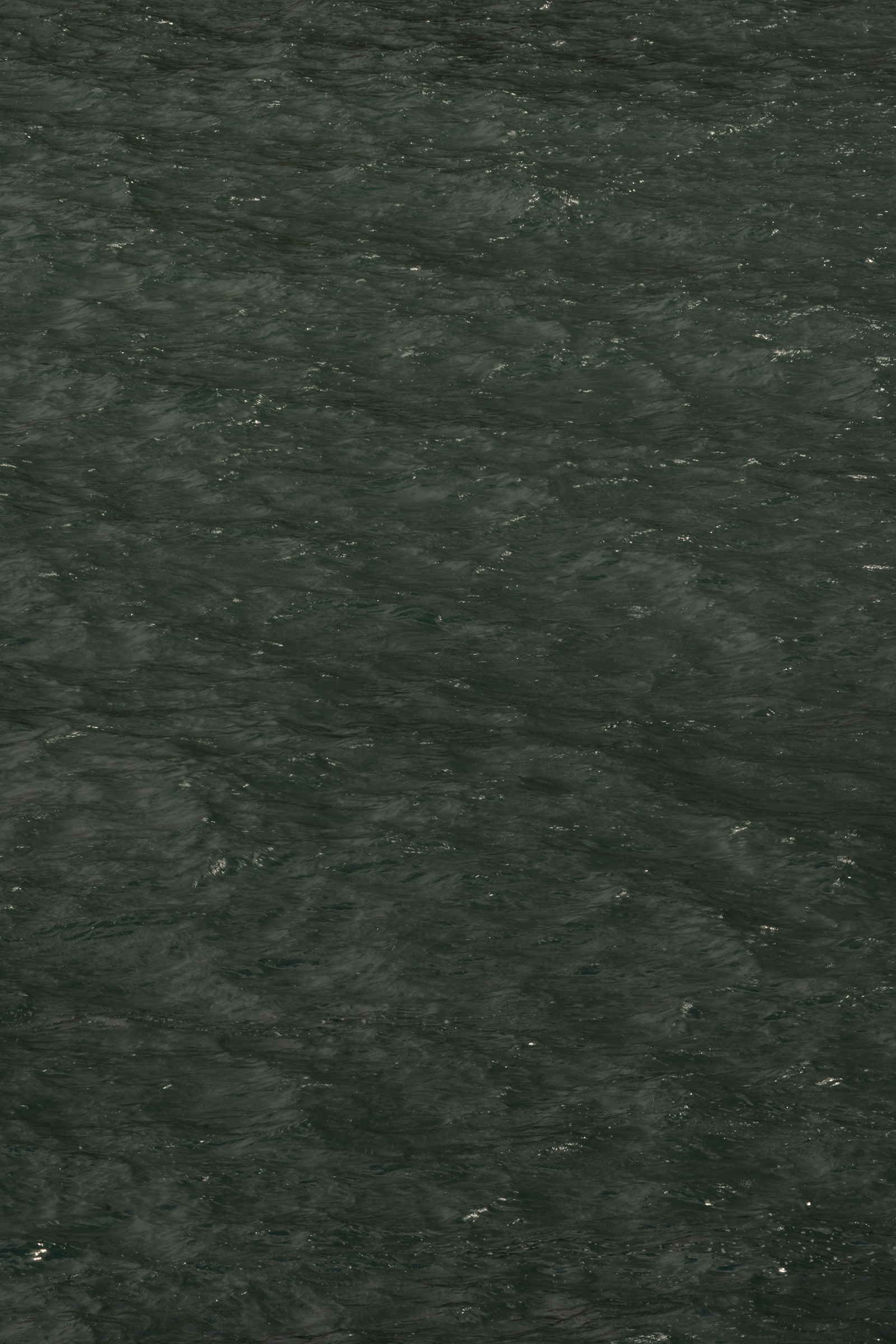
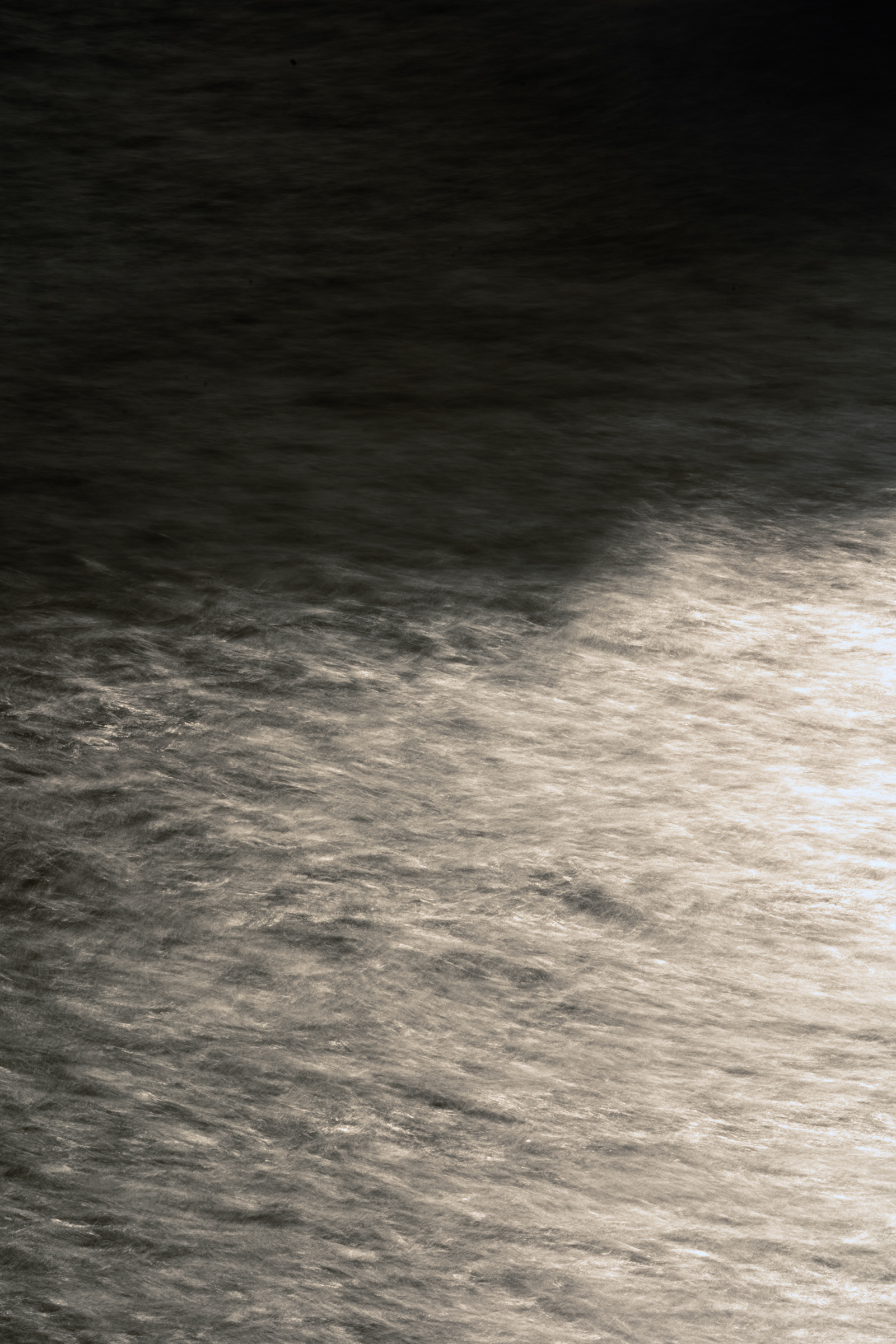
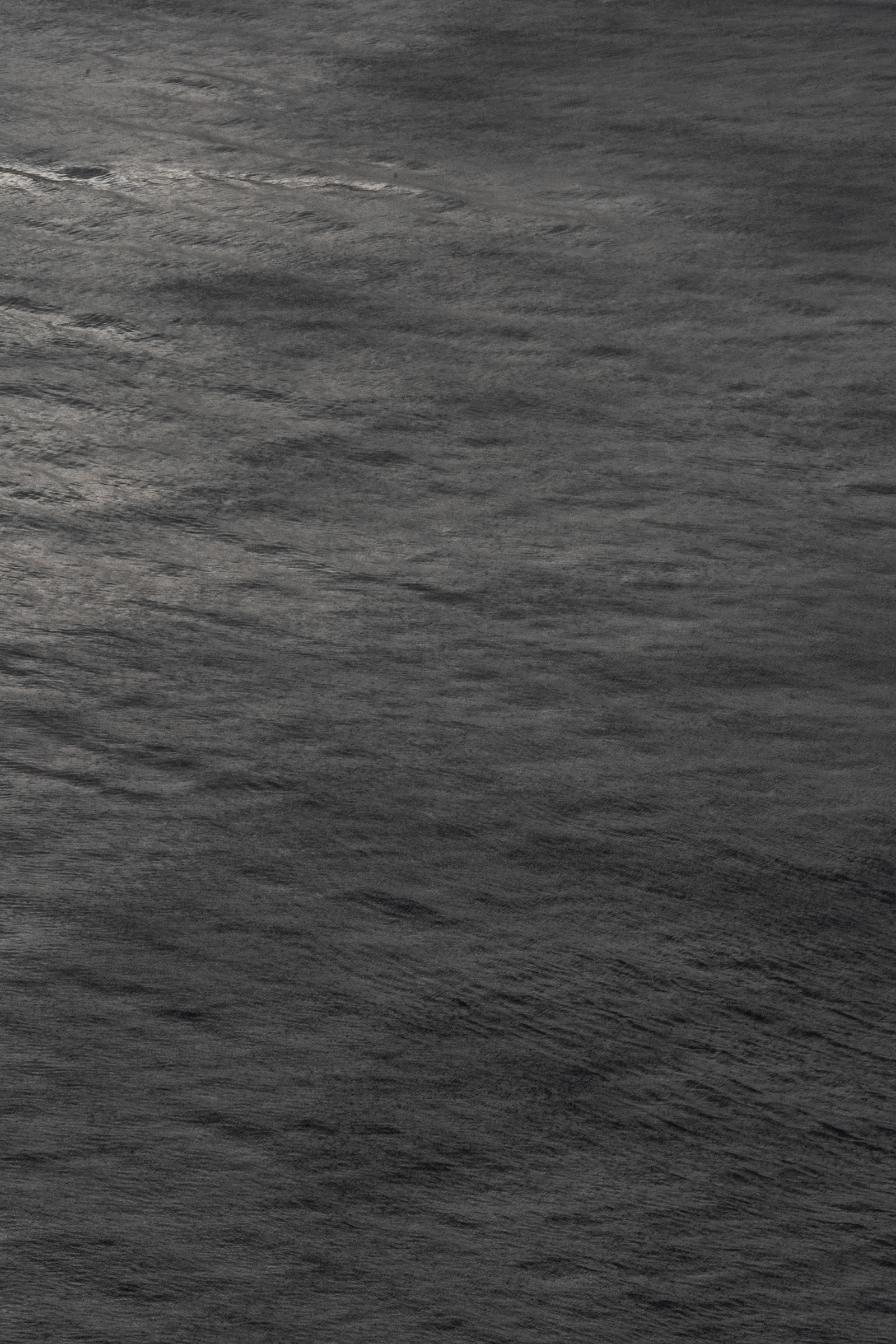
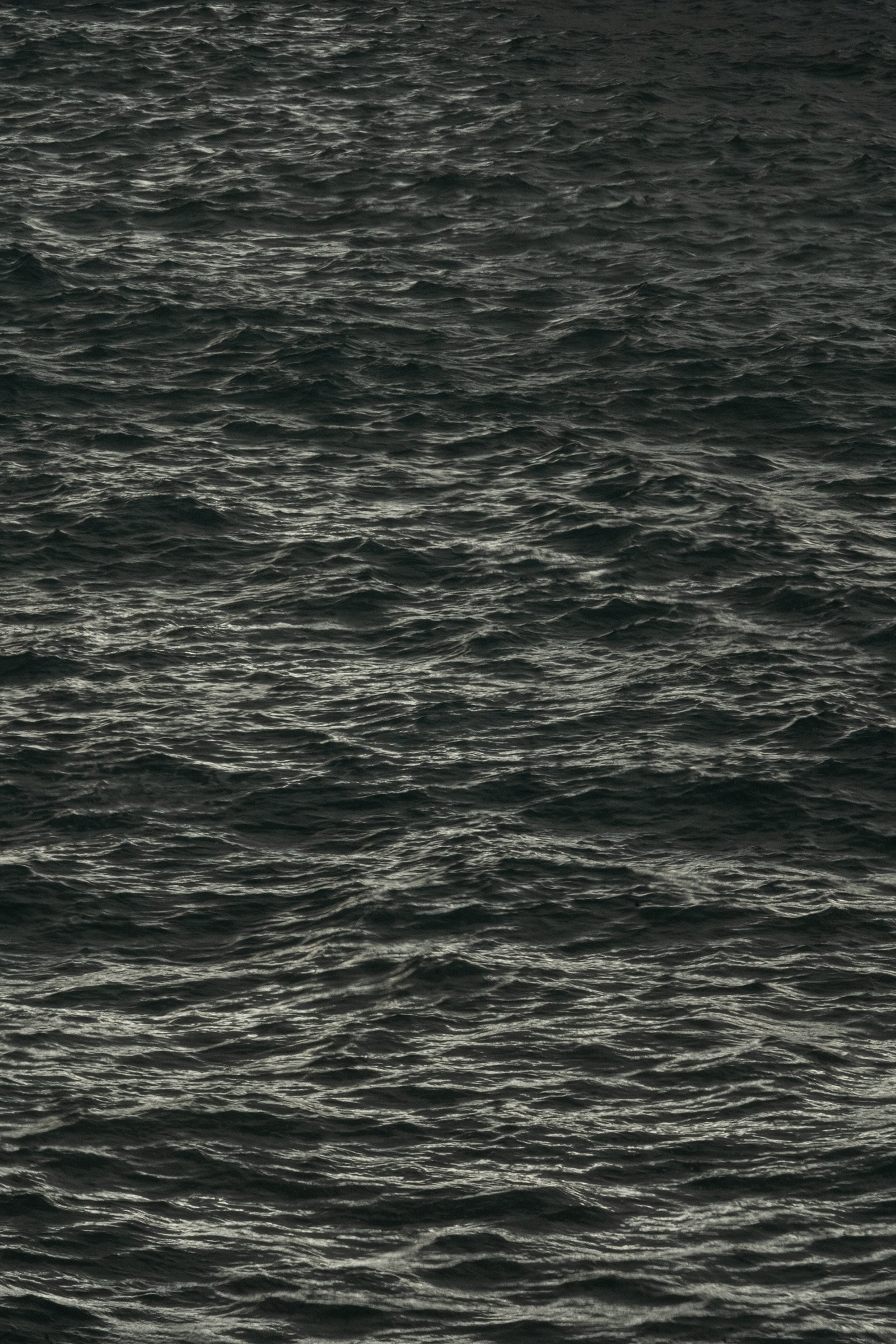
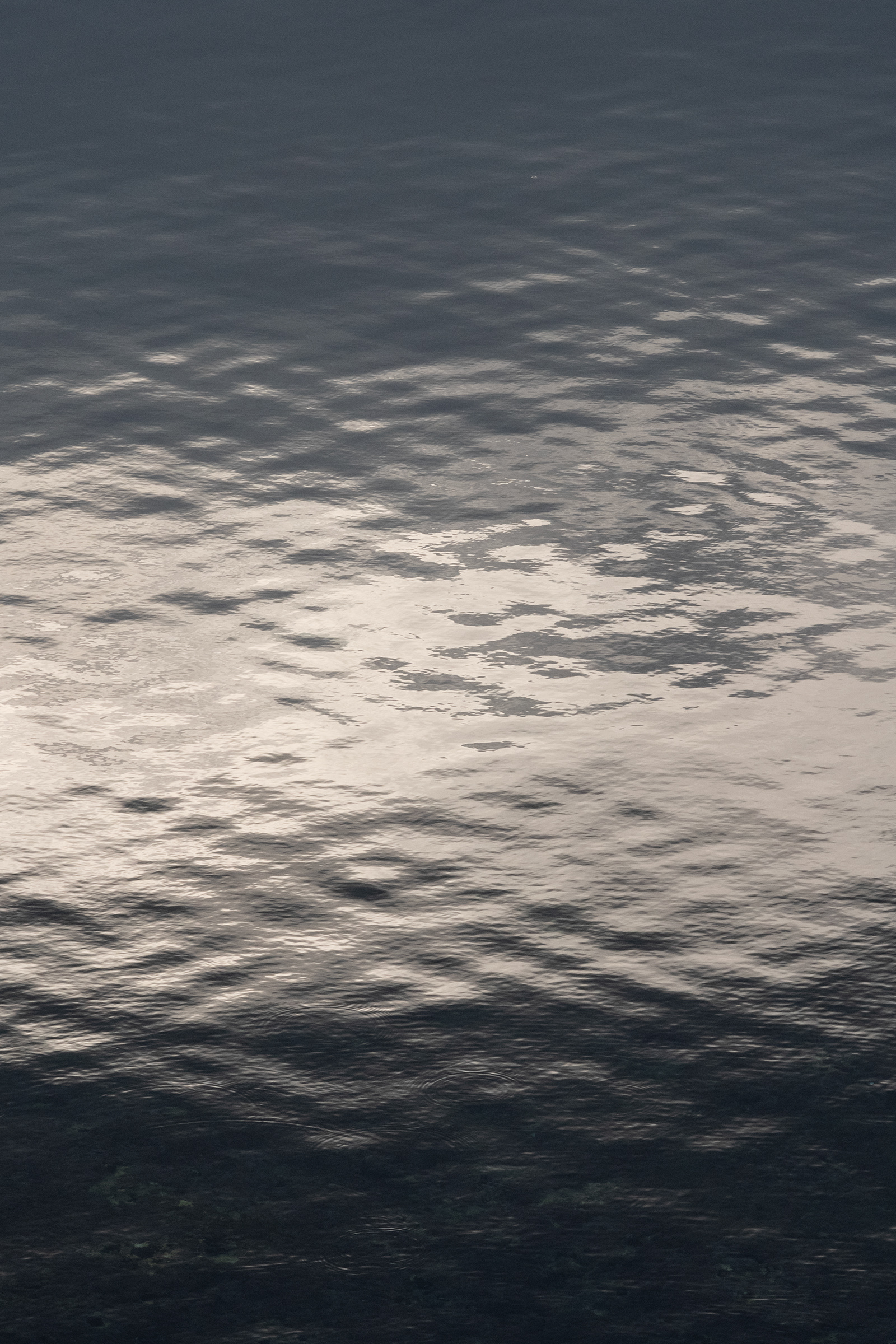
The harbor’s endless play of light and watermass began, for me, as something pleasing, and as I worked with it photographically over the course of a year, it came to feel like a continuous miracle. To render a miracle is, of course, to wreck it, and my goal here is not to represent the harbor, but to present it—to produce an encounter that might in some meaningful way give pause to the urge to think it, to know it, to claim it. In the highly contemplative process of making these photographs, I felt as if I were receiving the liquid variables as what George Oppen calls lyric valuables. It will be my good luck if the photographs themselves feel like that.
Jason Francisco / Wide-angle view of the Venetian Harbor in Chania, Crete, from the spot where I made the photographs above, March 2023.
Jason Francisco
Chania, Crete, 2023
Chania, Crete, 2023
Technical information:
For all of these images, I fixed my Leica SL2-S to my tripod, in order to maintain the same position in space—looking east from the rooftop terrace of Pension Theresa, where I lived. I used three lenses to make these photographs: a 1990s era Leitz Elmarit-R 90mm f/2.8, a Zeiss Sonnar 135mm f/4 made in the 1950s for the Zeiss Ikon Contax, and a 1960s era Hasselblad Sonnar 250mm f/5.6. Experimenting with exposure times was important to finding these images, and I ended up often working with a neutral density filter to arrive at the right quality of drawing. The files required very little in the way of postproduction.